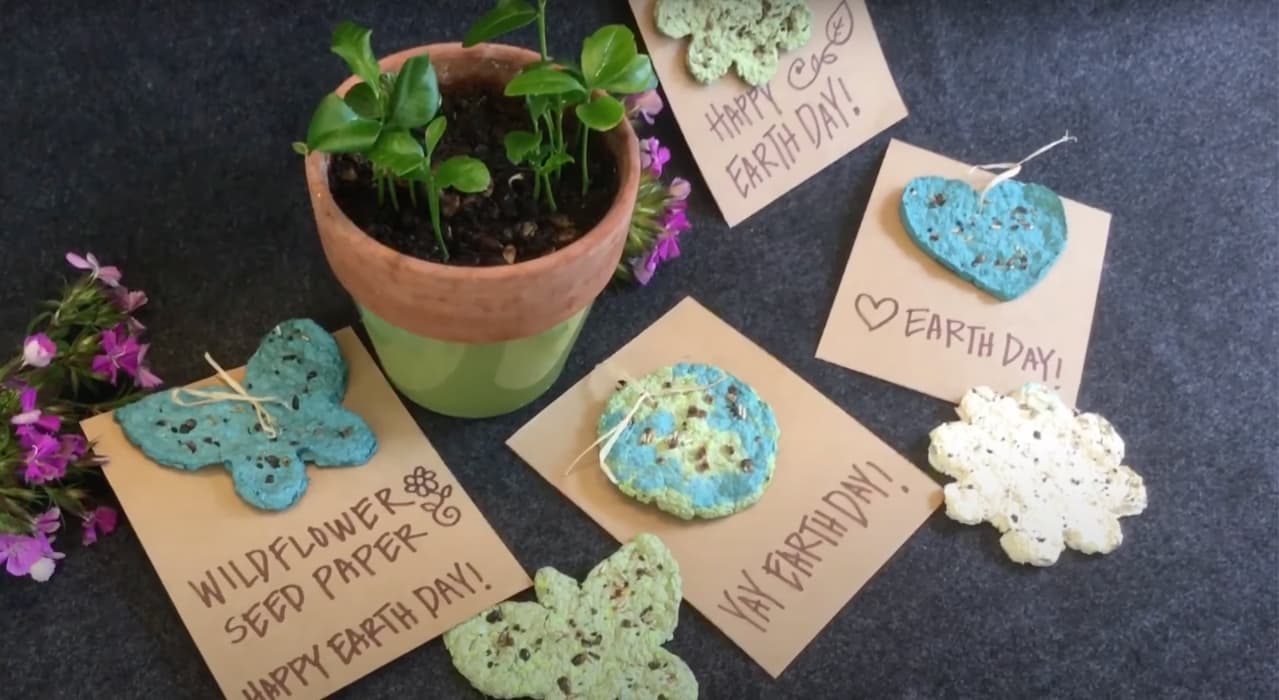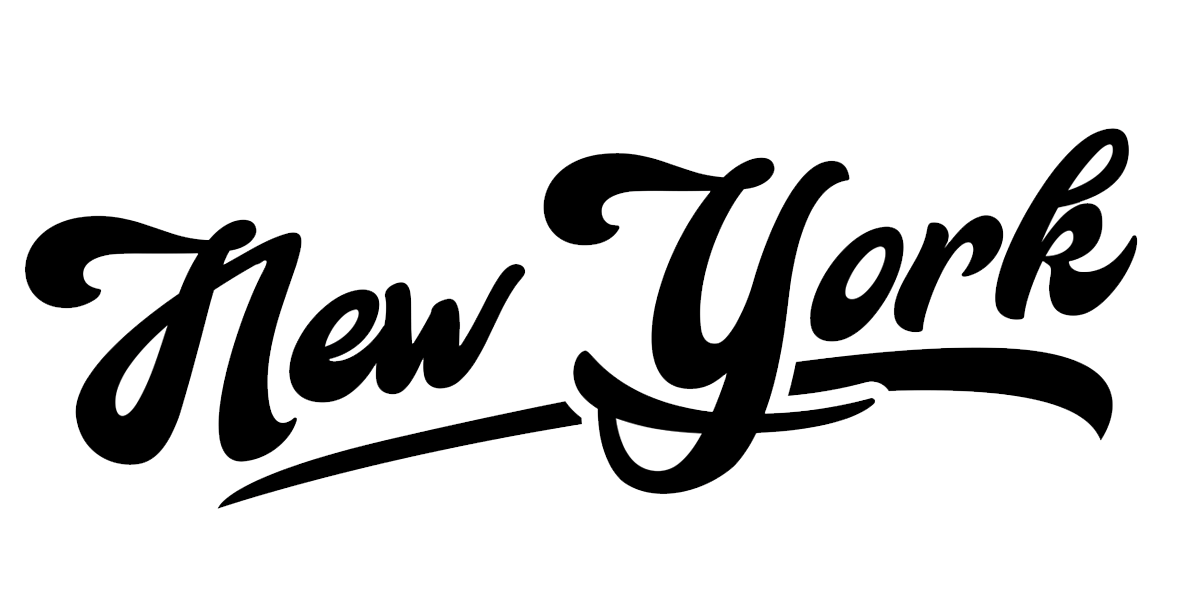

85+ Interesting New York Facts Kids Will Love to Learn
(Free Printable List)
Share
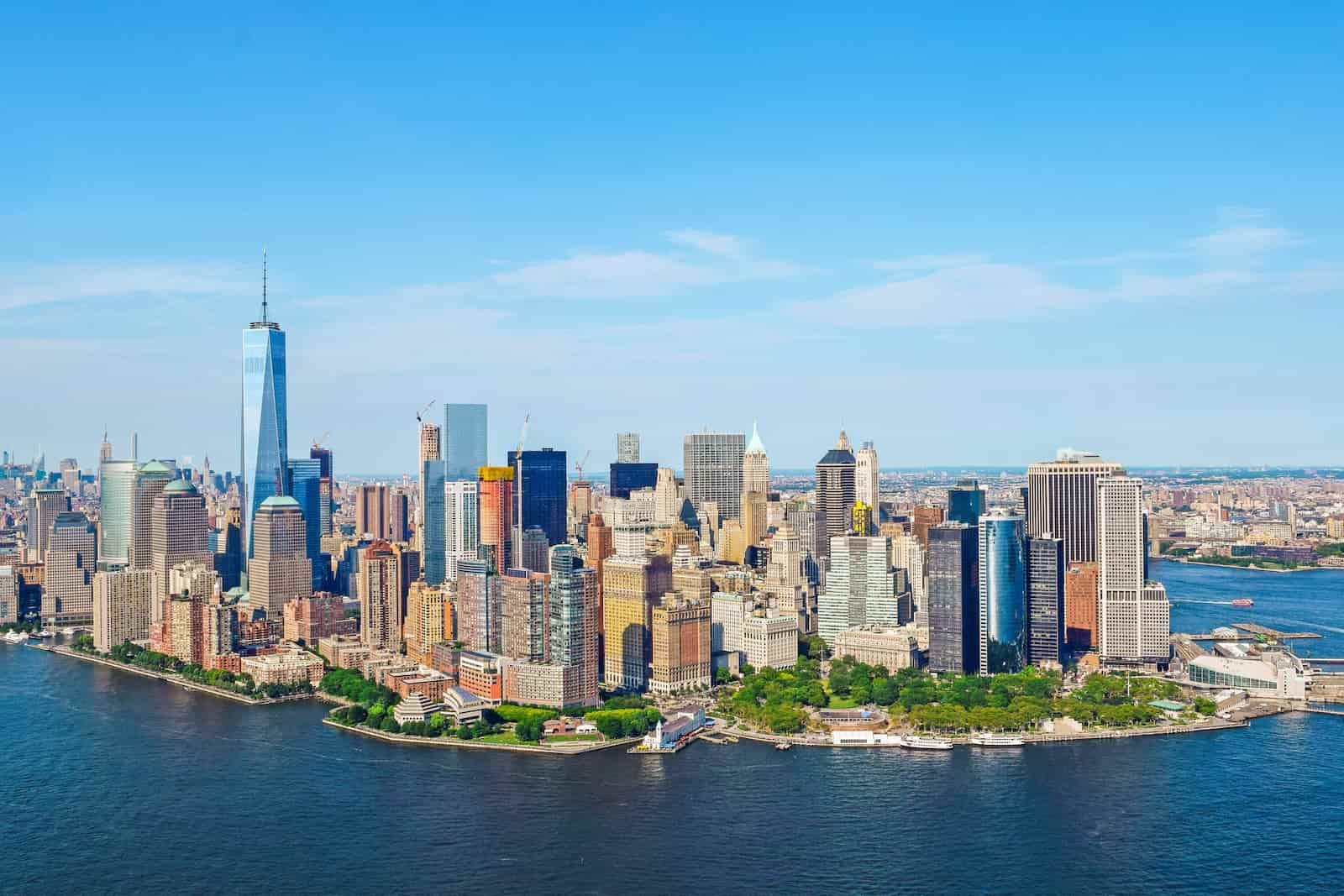
New York City is rightfully famous worldwide, but it’s not the only fascinating place in the state of New York! From the Great Lakes to the Adirondacks, Niagara Falls to the Baseball Hall of Fame, this state is full of places to explore. It also has a rich history dating back thousands of years, representing people from around the globe. Discover more with these New York facts for kids!
Share this information with your child or classroom using our free printable bundle, which includes all the New York facts found here plus maps, illustrations, and more.

NEW YORK STATE FACTS
State Nickname:
Empire State
Date of Statehood:
July 26, 1788
State Capital:
Albany
State Animal:
Beaver
State Motto:
Excelsior (Literal translation: Ever upward)
State Beverage:
Milk
State Insect:
Nine-spotted Ladybug
State Reptile:
Snapping Turtle
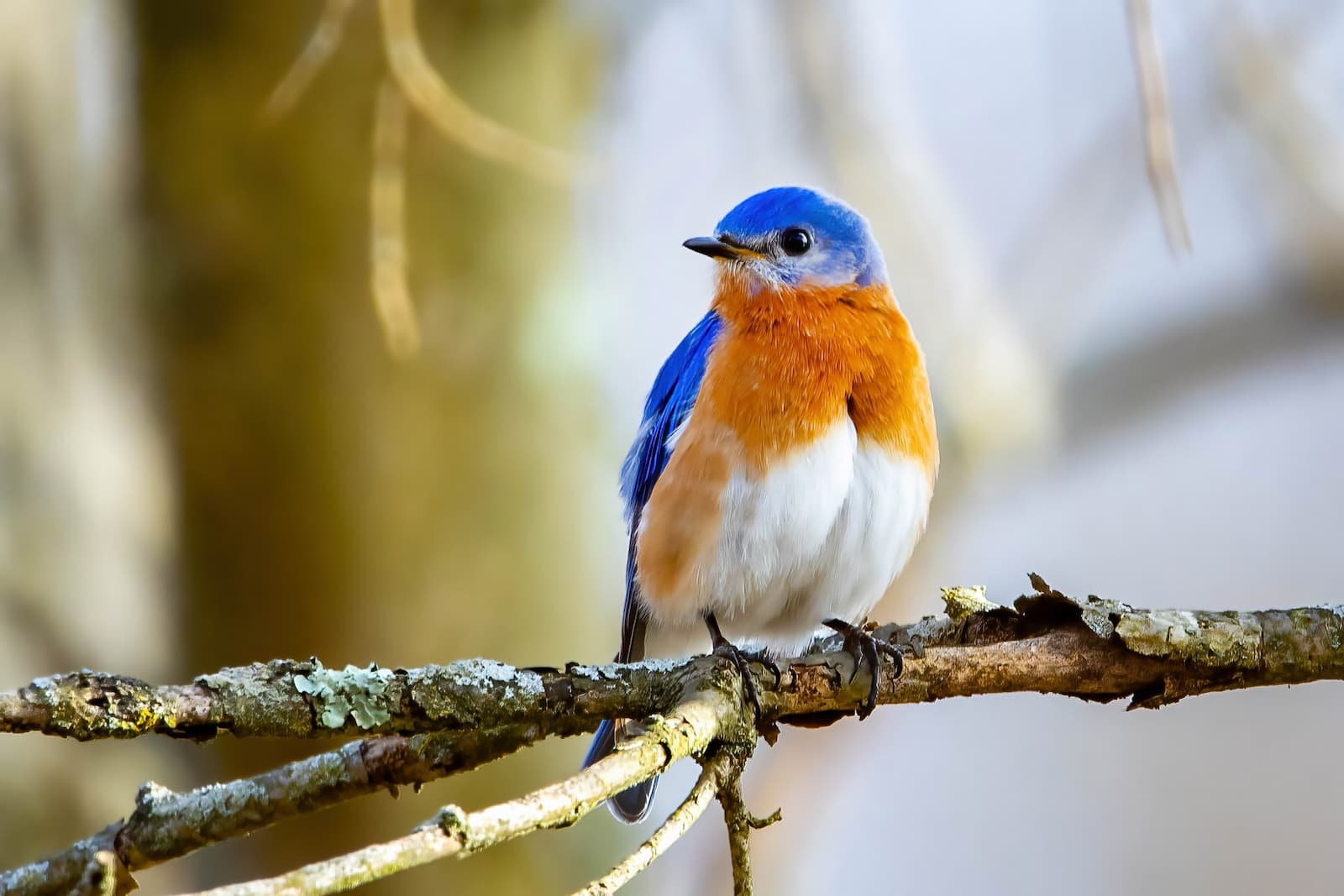
State Bird: Eastern Bluebird
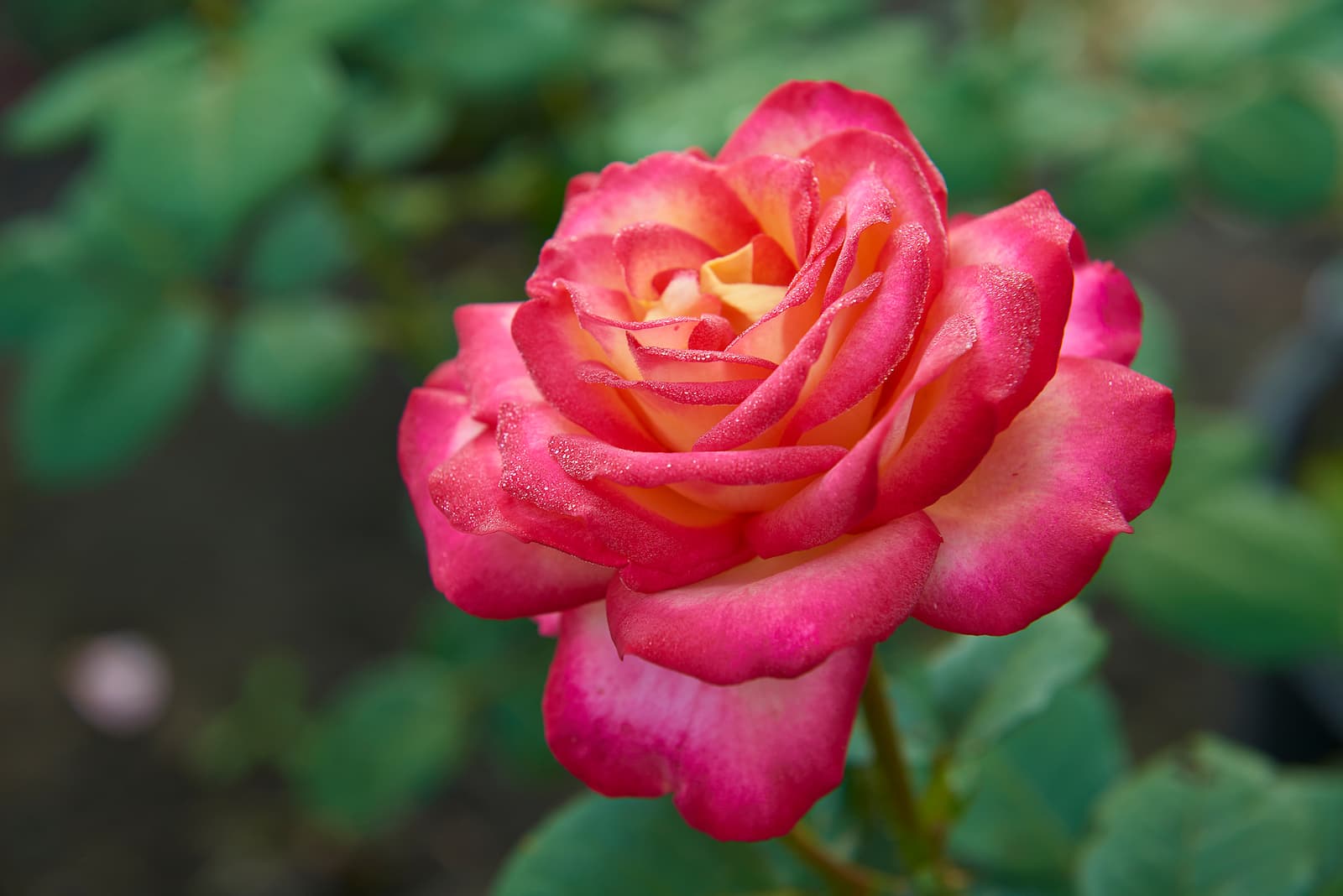
State Flower: Rose

State Tree: Sugar Maple
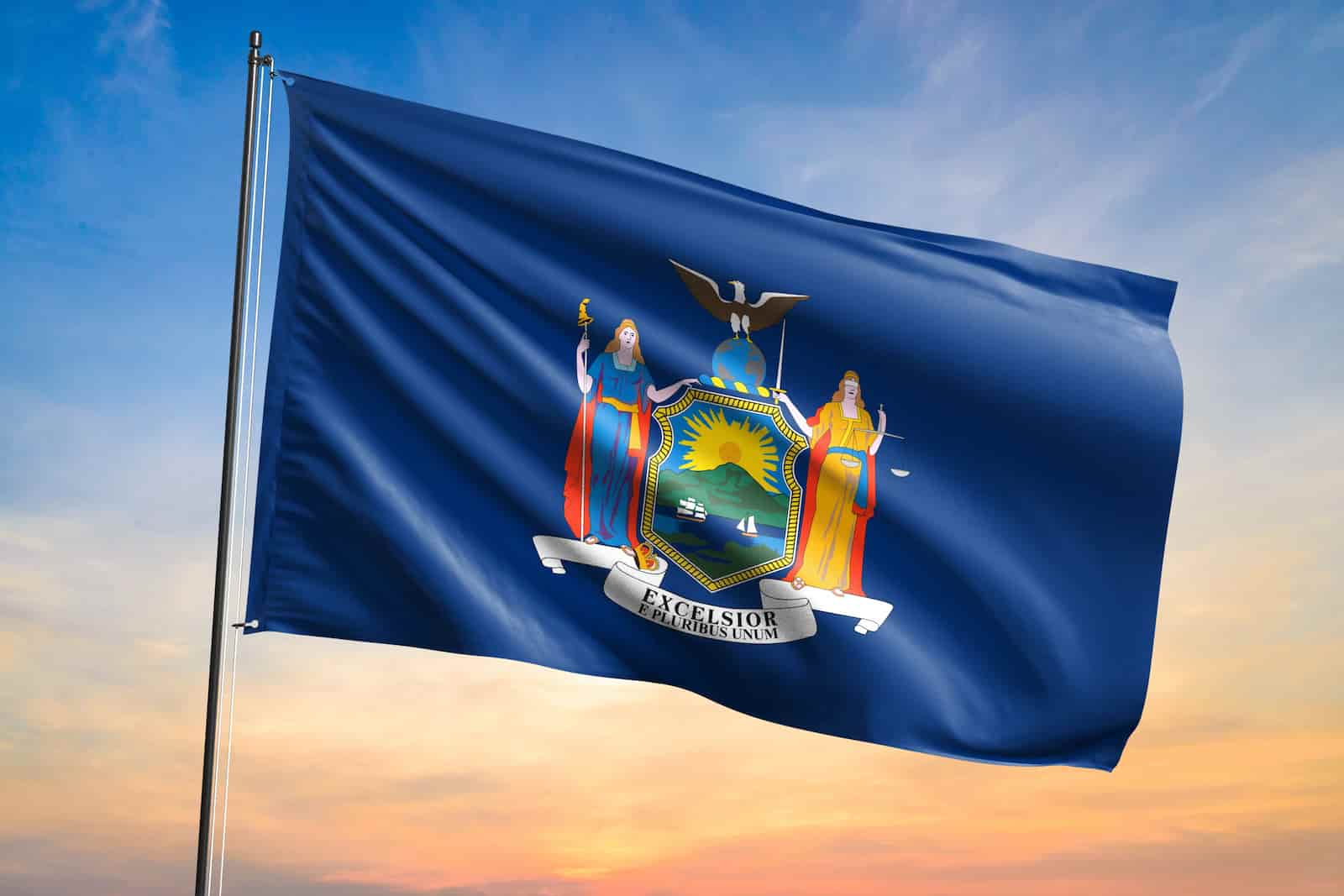
State Flag:
Flag of New York
?
DID YOU KNOW?
The Great Seal of New York was adopted in 1778. The seal appears on a field of deep blue on the official state flag, which wasn’t adopted until 1901.

FUN FACTS ABOUT NEW YORK
Fun Fact #1:
New York is #30 on the list of U.S. states by size, at 47,224 square miles. It’s the fourth most populous state, with nearly 20 million residents.
Fun Fact #2:
Niagara Falls lies on the Niagara River between Lake Ontario and Lake Erie, bordering both New York and Ontario, Canada. About 750,000 gallons of water go over the falls every second!
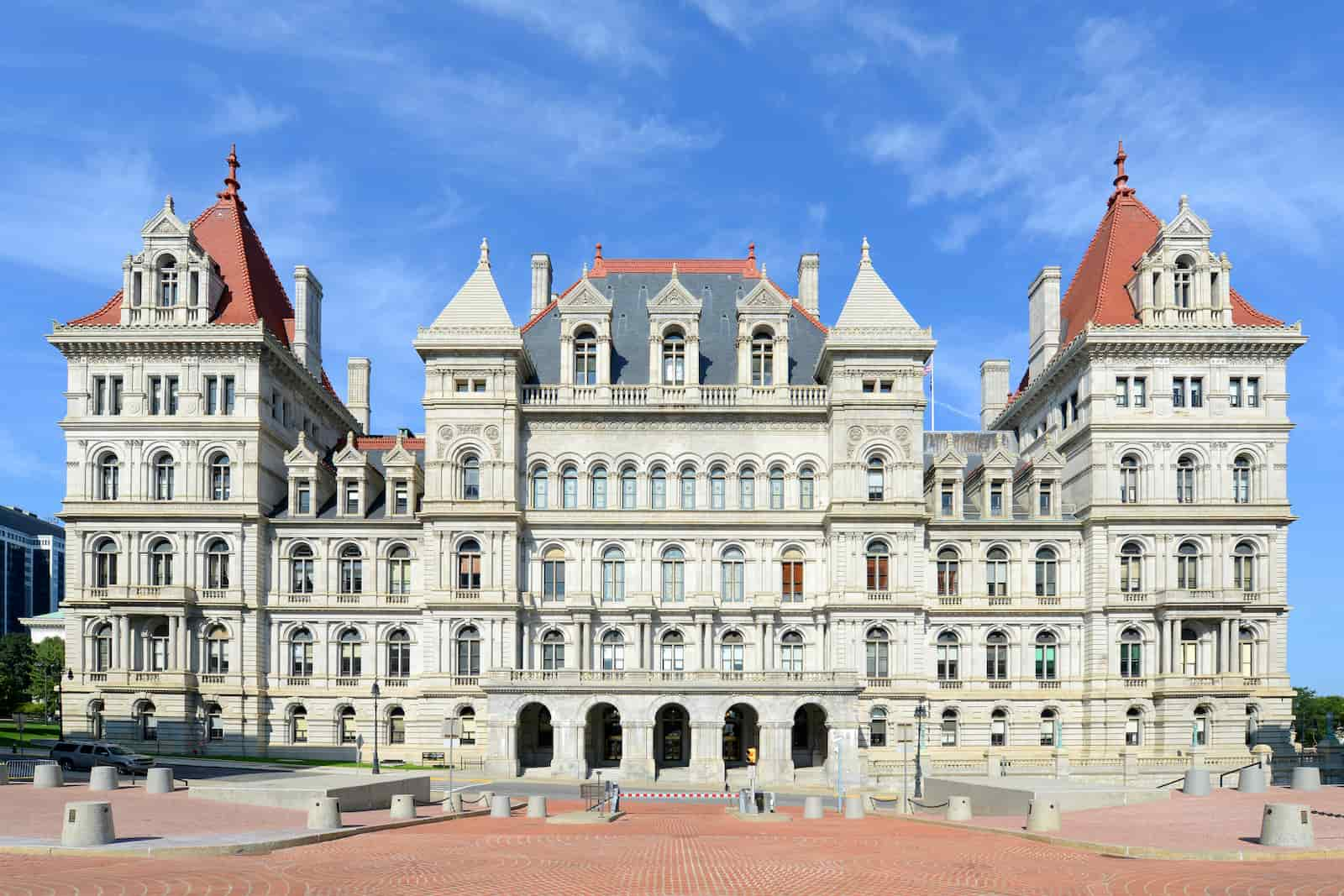
New York State Capitol building in Albany, New York
Fun Fact #3:
The state capital of New York is not New York City—it’s Albany, located in upstate New York. Other major cities include Yonkers, Rochester, Syracuse, and New Rochelle.

Fun Fact #4:
It’s illegal to walk around New York City with an ice cream cone in your pocket on Sundays.
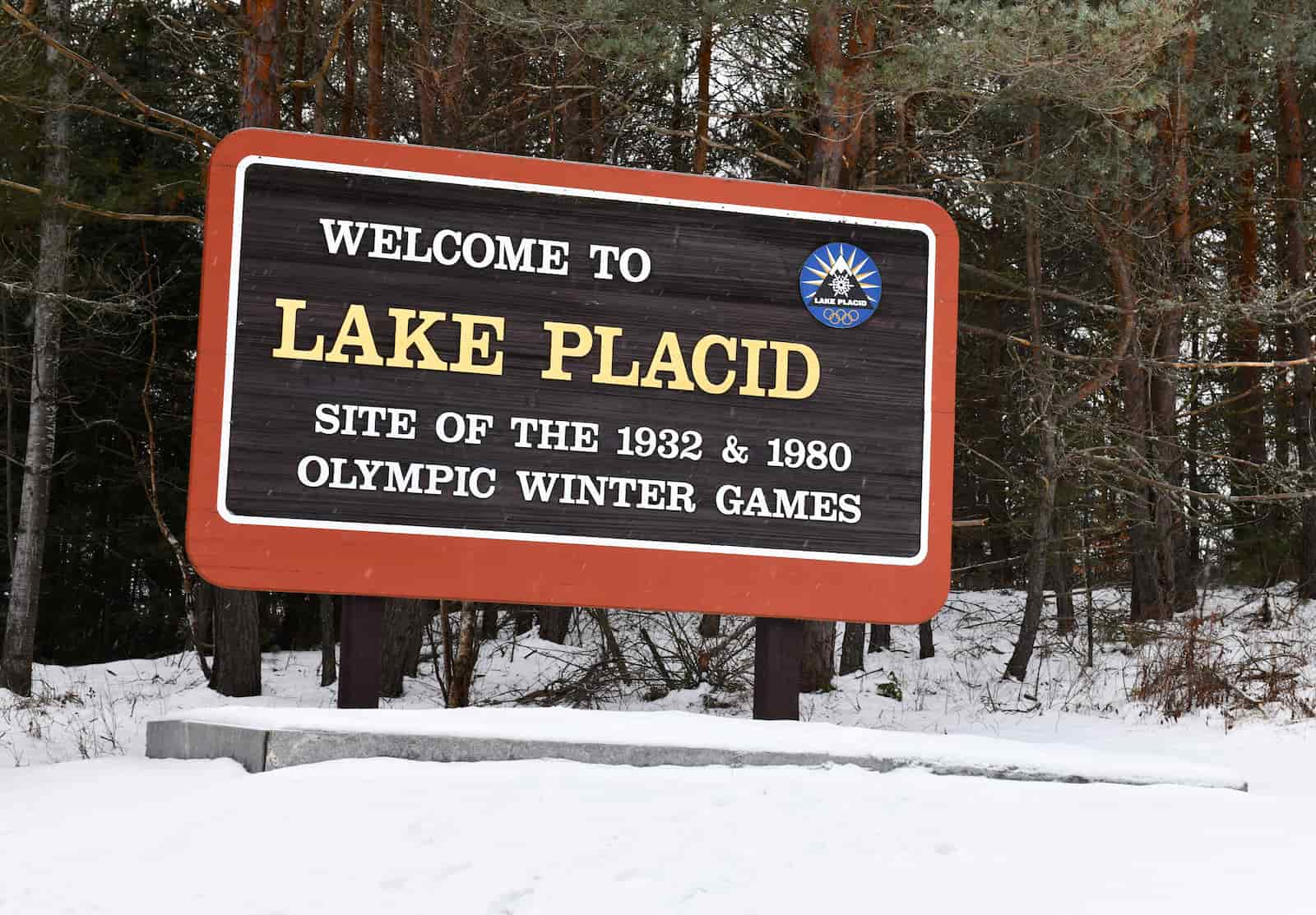
Lake Placid village sign
Fun Fact #5:
Lake Placid is a village in New York’s Adirondack Mountains that has hosted the Winter Olympics twice, in 1932 and 1980. It’s one of only three places in the world to have done so.
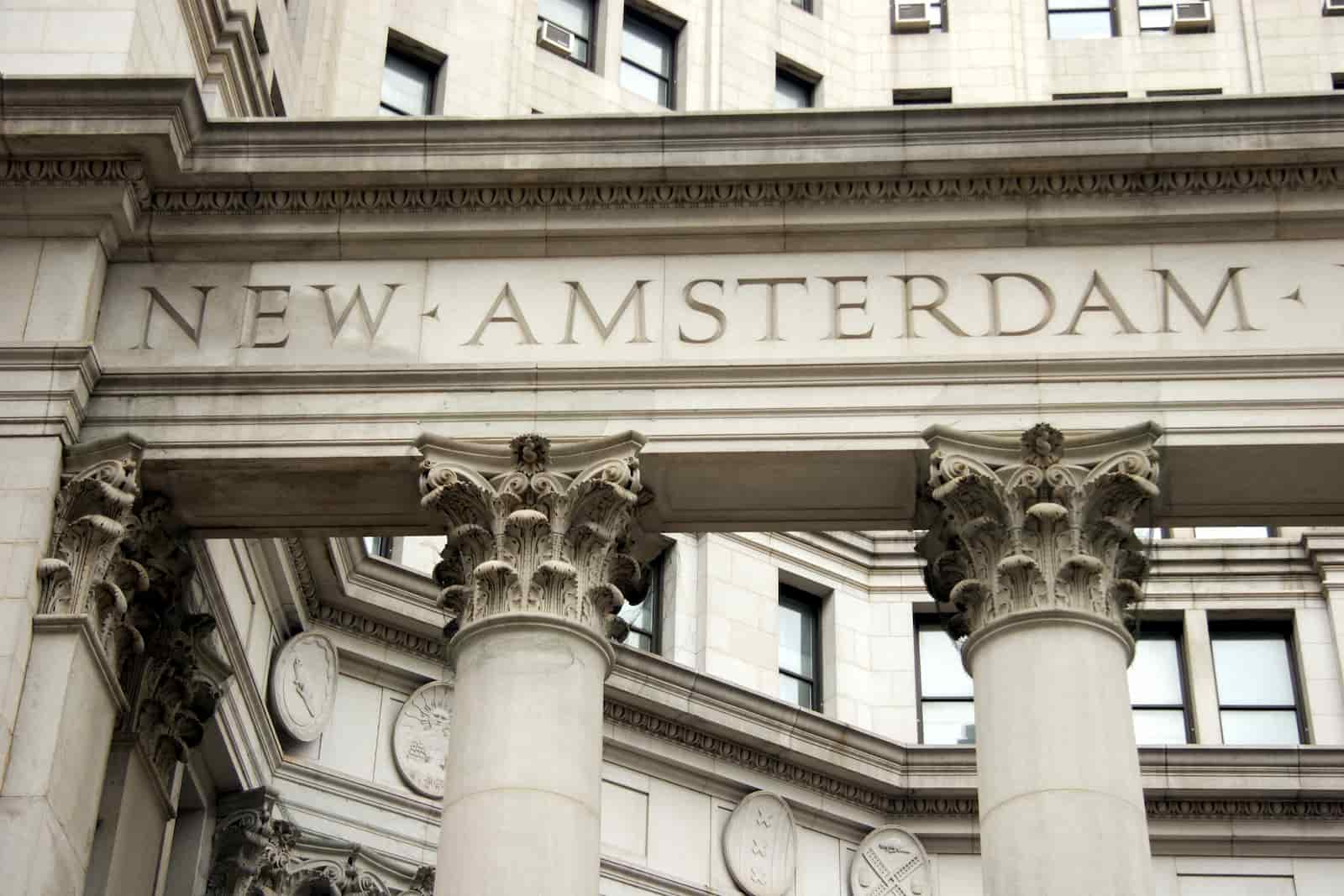
Stone building, lower Manhattan, New York
Fun Fact #6:
In 1664, the English took the area called New Amsterdam from the Dutch and renamed it New York to honor the Duke of York, who was the brother of King Charles II of England.
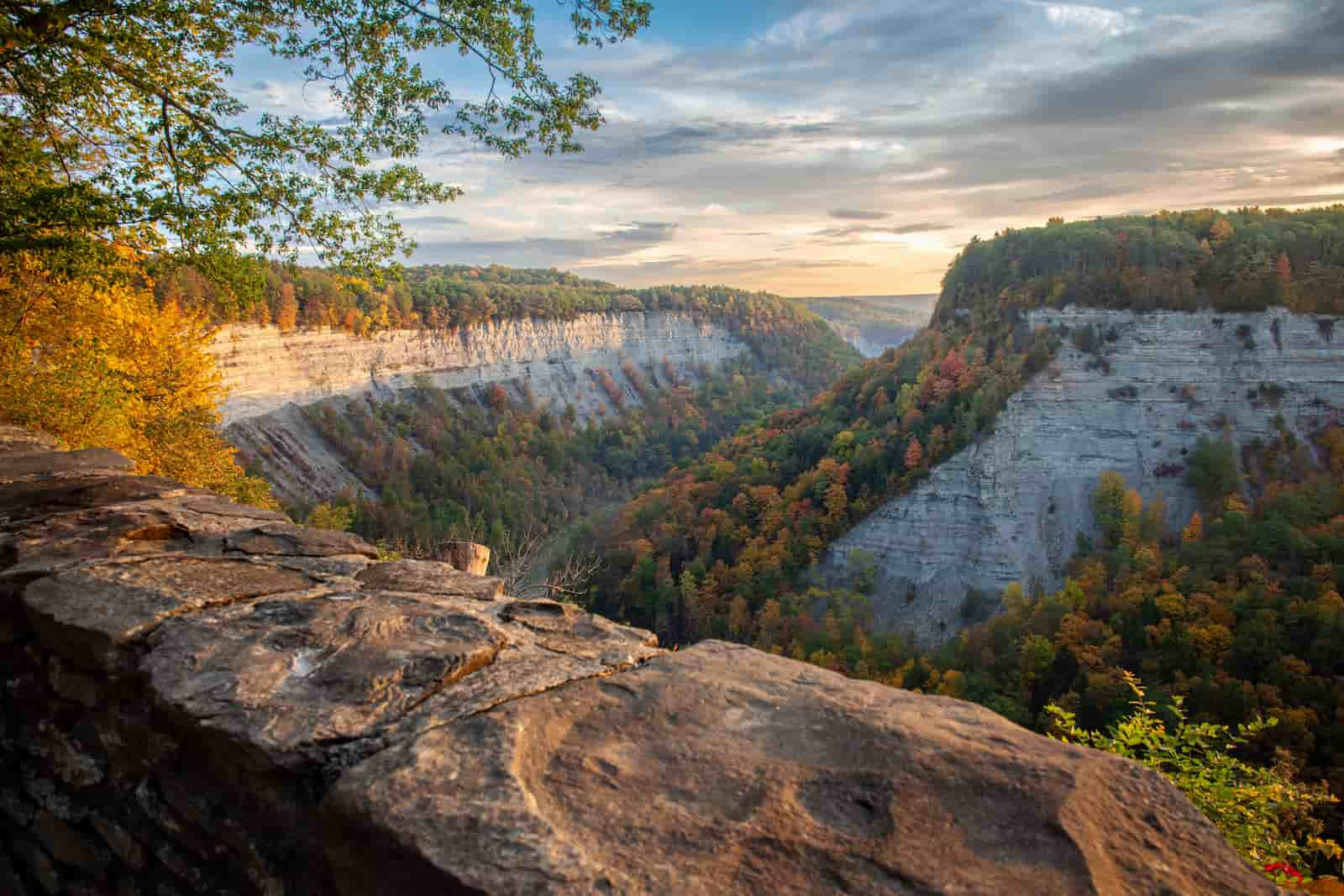
Letchworth State Park
Fun Fact #7:
Letchworth State Park is called the “Grand Canyon of the East.” The Genesee River rushes through a deep gorge, crashing over three big waterfalls between tall cliffs, some as high as 600 feet.
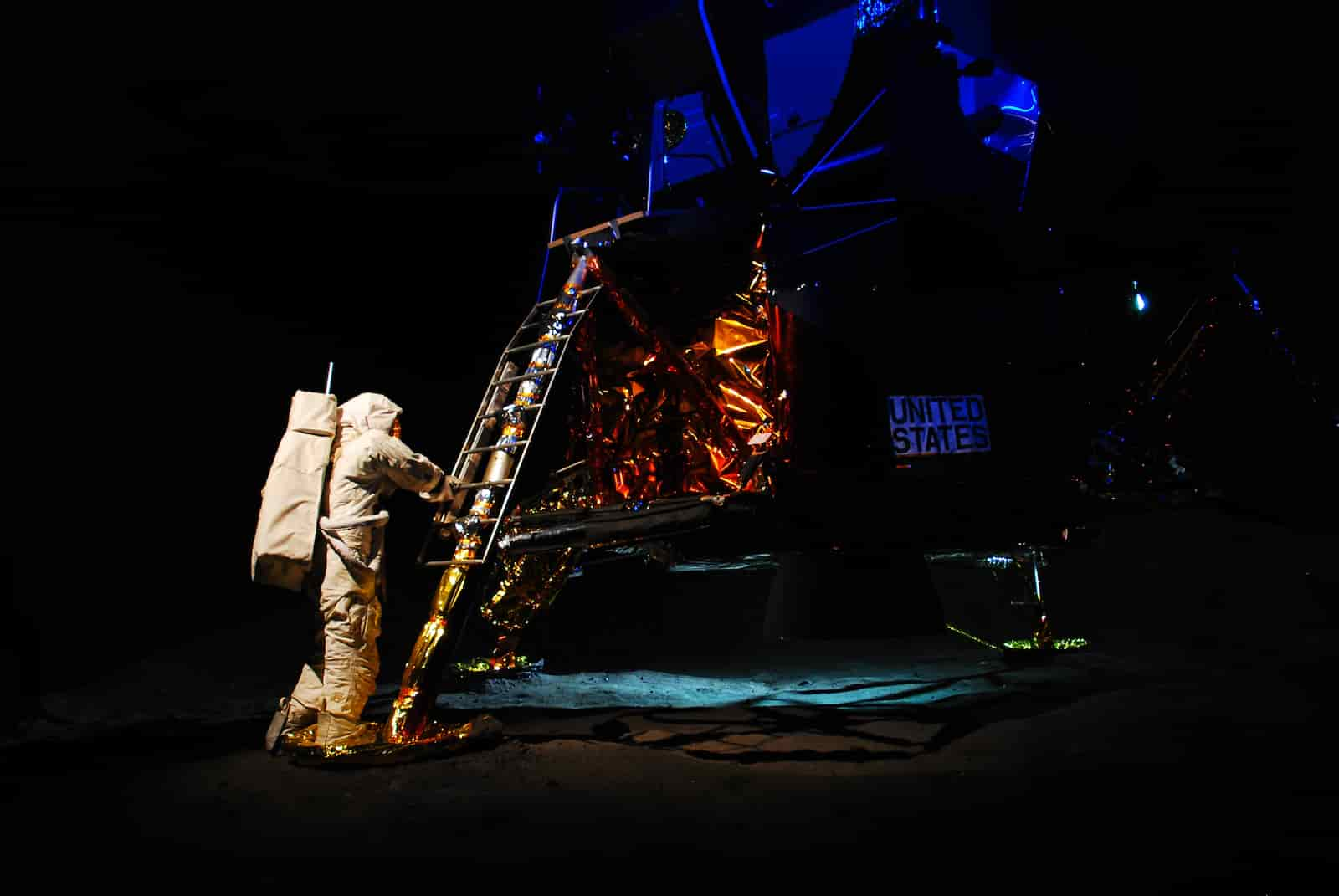
Recreation of the moon landing and lunar module, Garden City, NY
Fun Fact #8:
New York helped send astronauts to space! The Apollo lunar module was built on Long Island, at the Grumman facility in Bethpage.
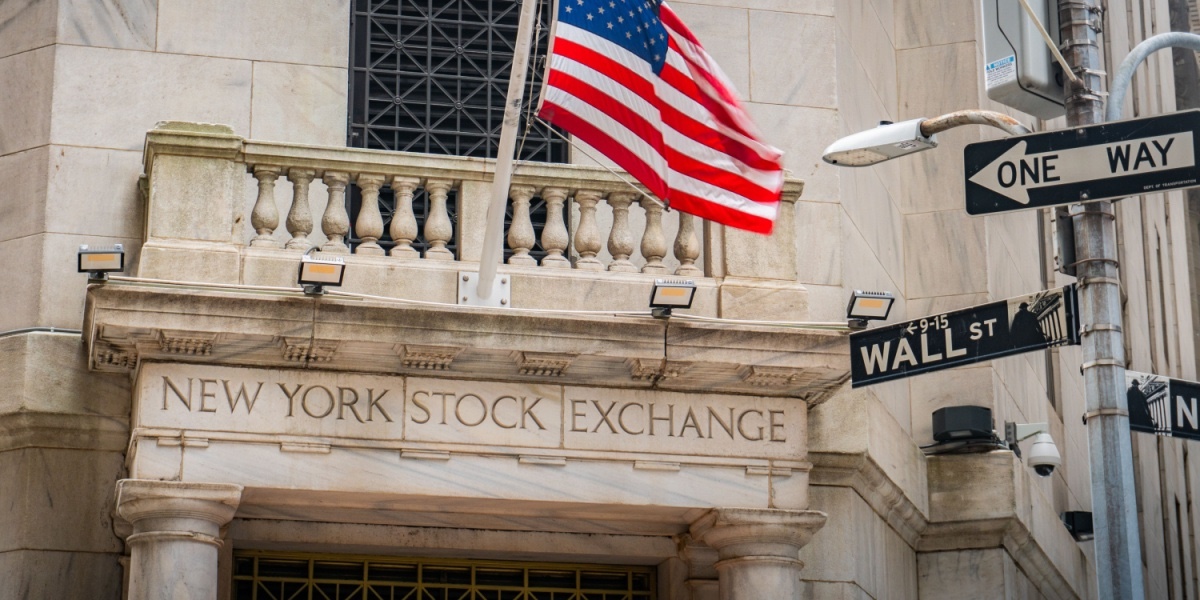
New York Stock Exchange Building
Fun Fact #9:
New York’s major industries include agriculture, technology (including video game development), financial services, entertainment, and tourism.
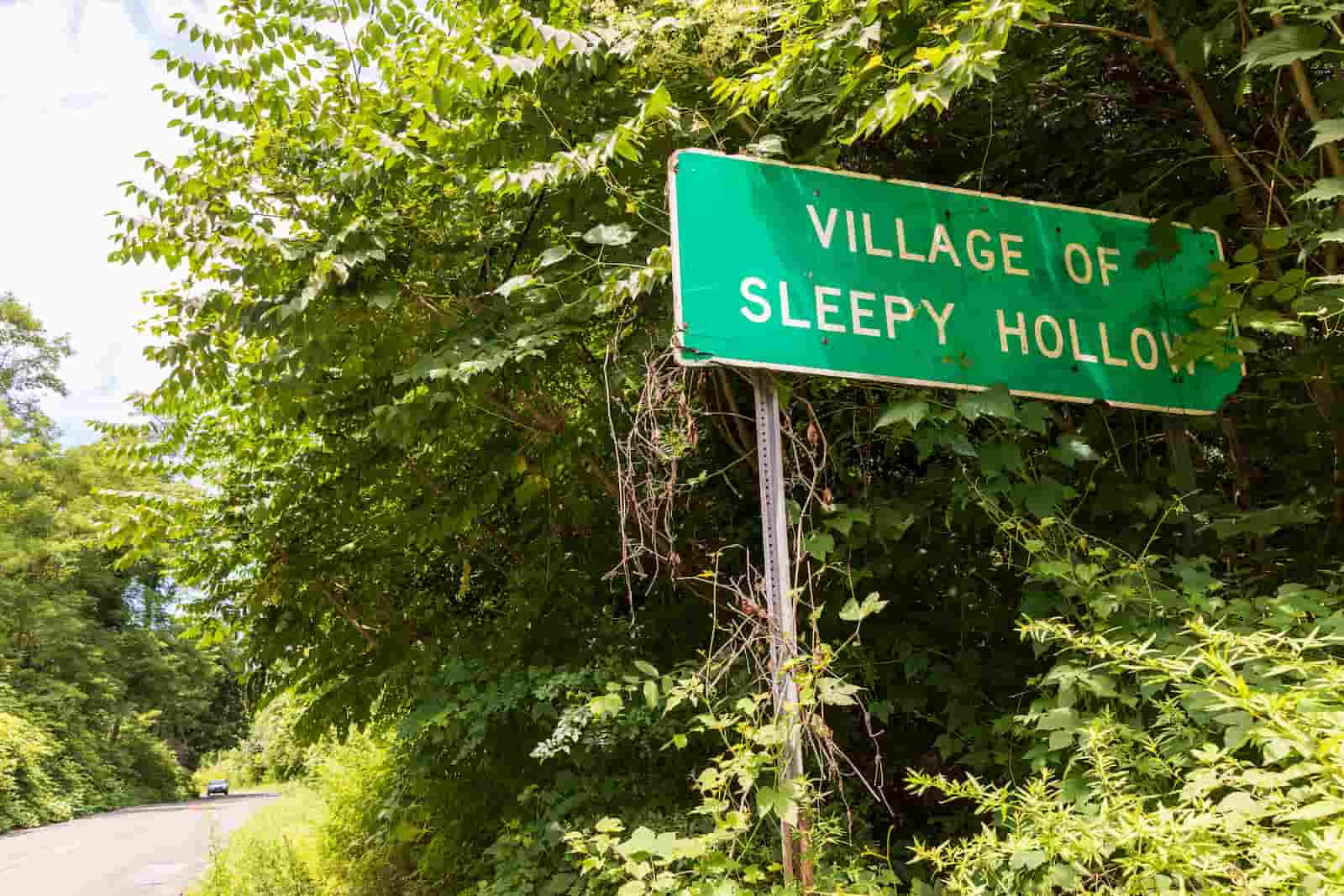
Sleepy Hollow, NY
Fun Fact #10:
Washington Irving’s short stories, “The Legend of Sleepy Hollow” and “Rip Van Winkle,” are both set in New York’s Hudson Valley, where Irving himself lived.

NEW YORK GEOGRAPHY FACTS
Regions:
Western NY, Finger Lakes, Southern Tier, Central NY, Mohawk Valley, Capital Region, Mid-Hudson, New York City, Long Island, North Country
Climate:
Mostly humid continental, with milder, more humid-subtropical conditions around New York City and Long Island.

Location:
New York is bordered by Vermont, Massachusetts, and Connecticut to the east; New Jersey and Pennsylvania to the south and west. It shares a northern border with Ontario and Quebec.
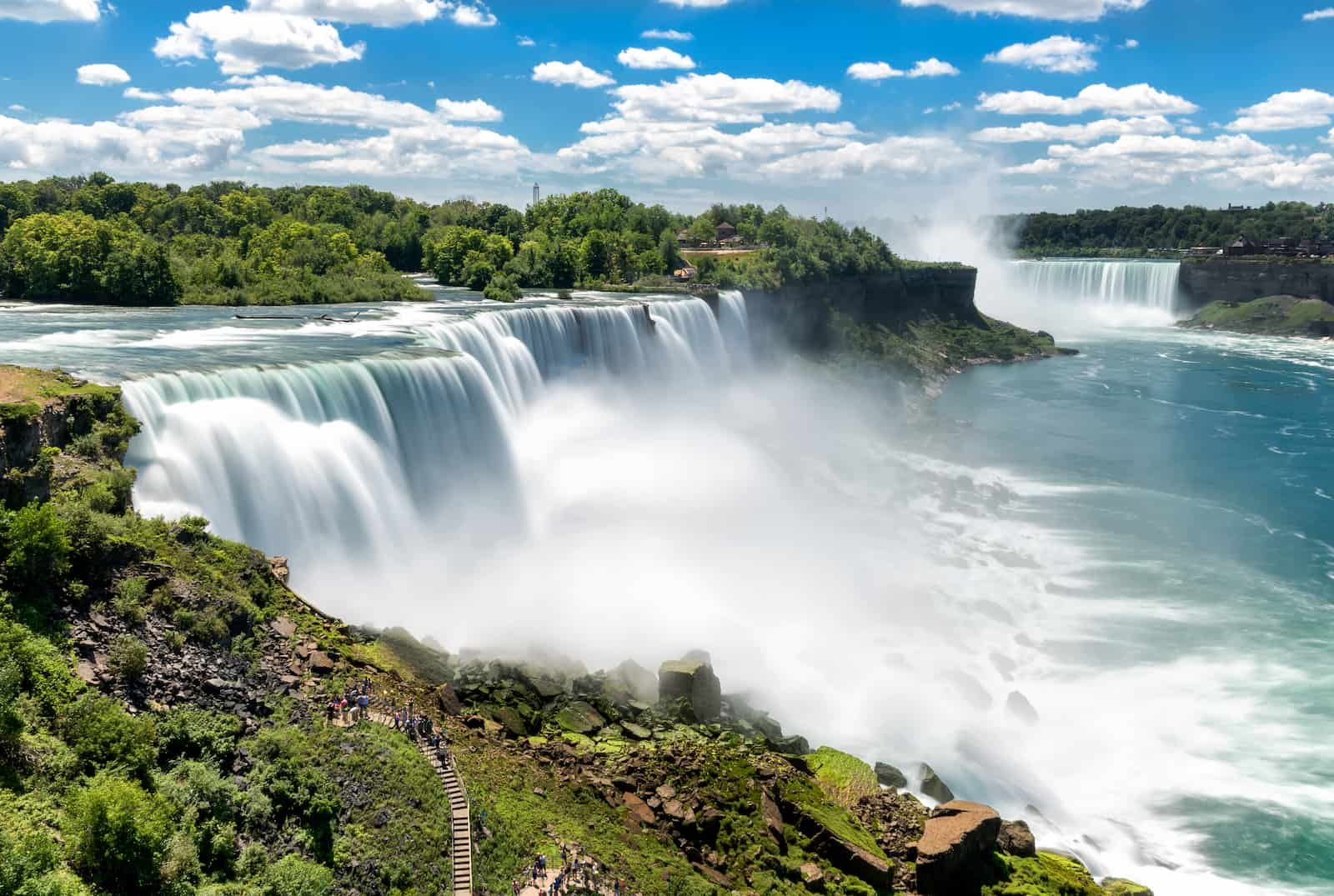
Niagara Falls
Landmarks:
Niagara Falls, Finger Lakes, Ellis Island, Fort Ticonderoga, Statue of Liberty, Times Square, Brooklyn Bridge, Central Park, Baseball Hall of Fame
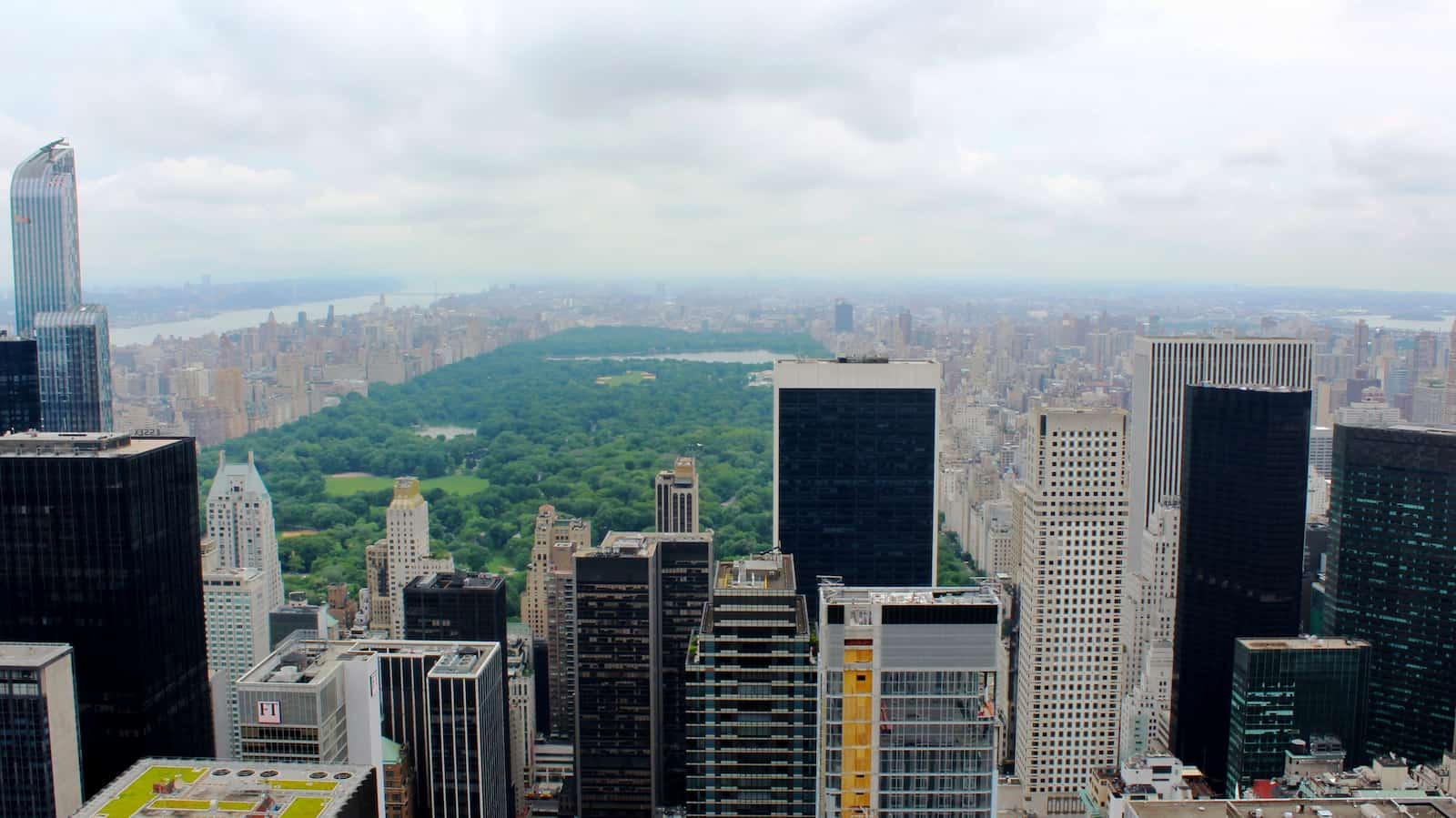
Cityscape view of Central Park
Central Park:
Central Park is famous for its 843 acres of green space in the heart of New York City. Designed by Frederick Law Olmsted and Calvert Vaux, the park’s first section opened in 1858.
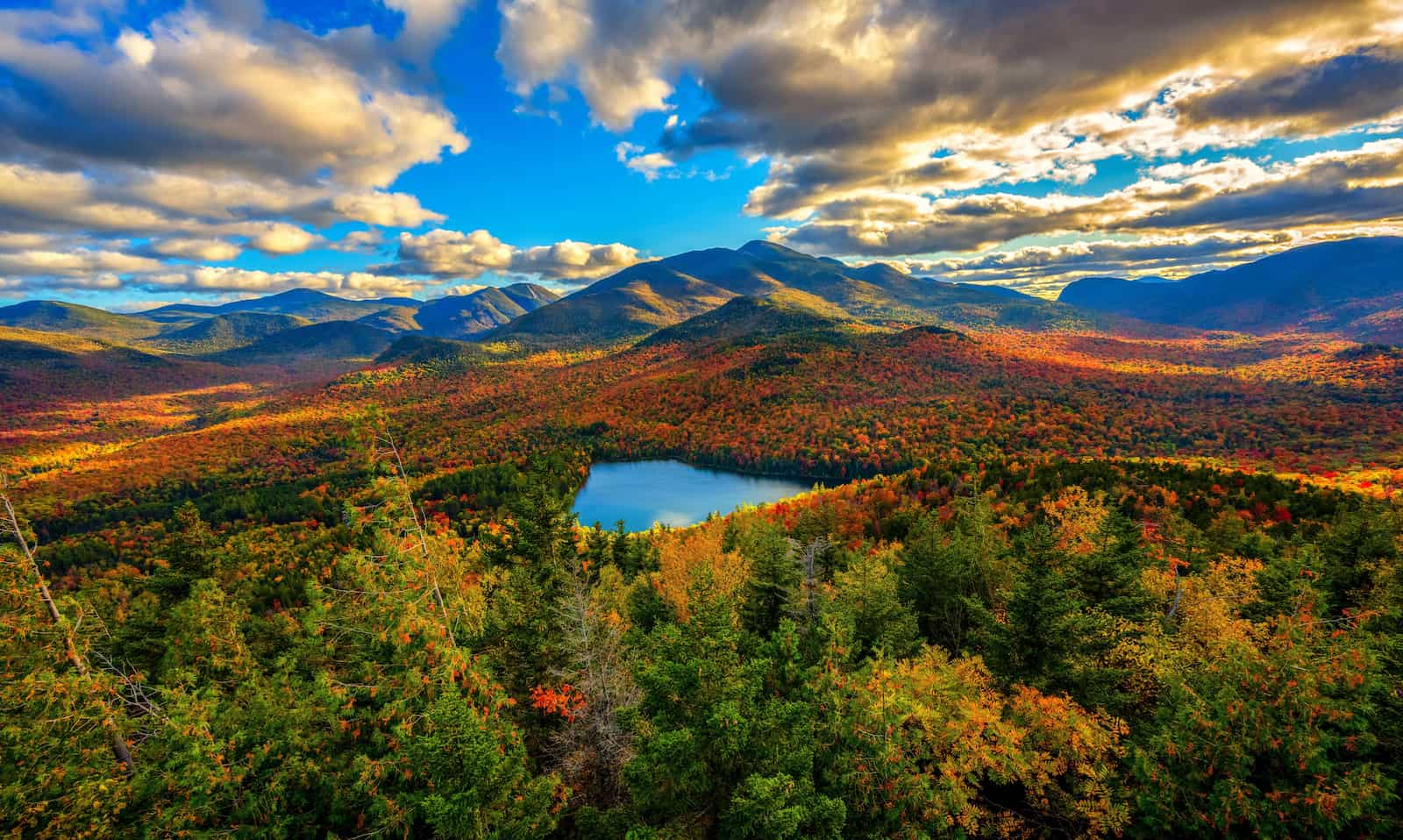
A scenic shot of the Adirondacks
Mountain Ranges:
Adirondacks and Catskills (part of the Appalachian Mountains)
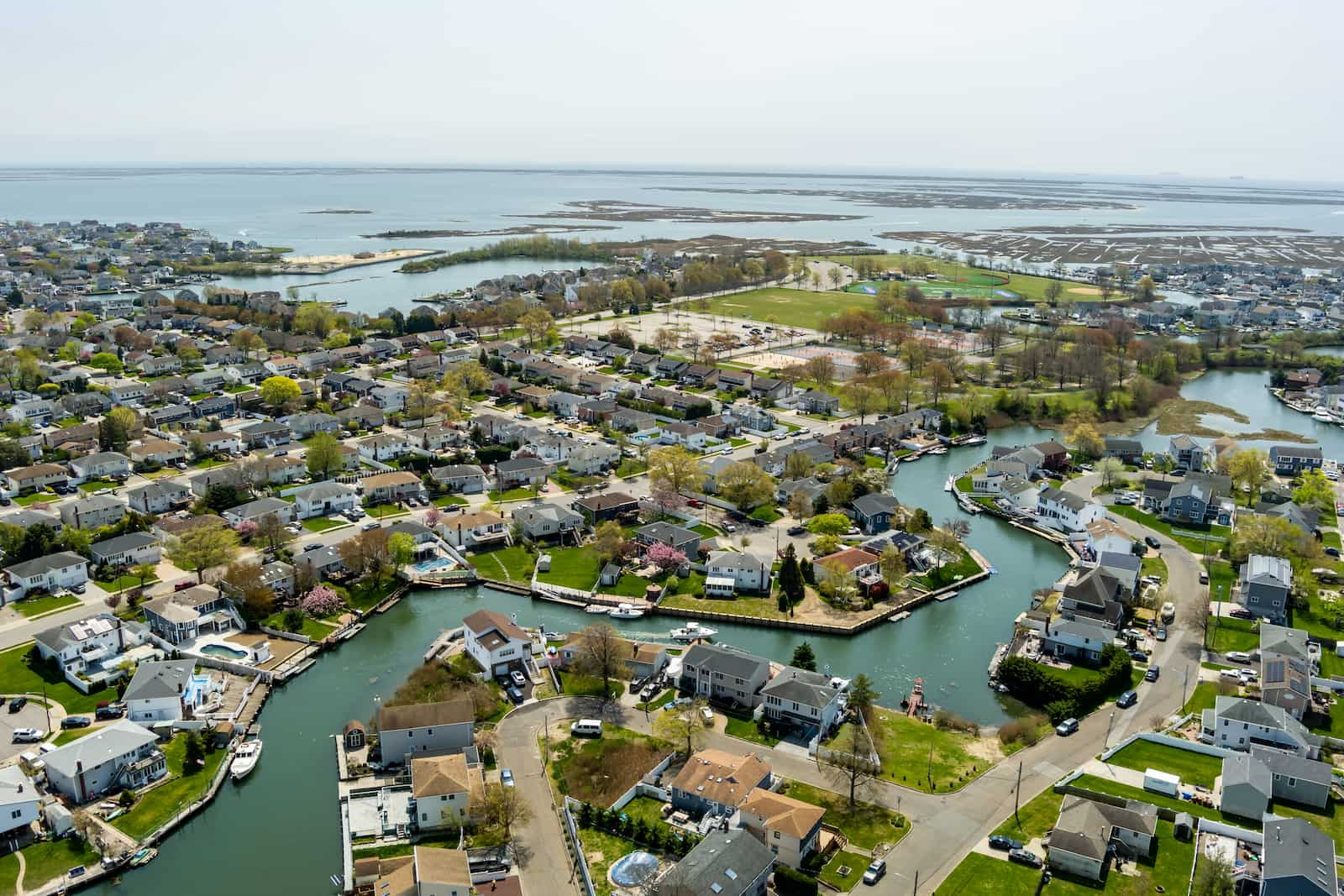
Long Island
Islands:
New York is best known for the islands of Manhattan, Staten Island, and parts of Long Island. However, the state includes more than 1,000 islands.
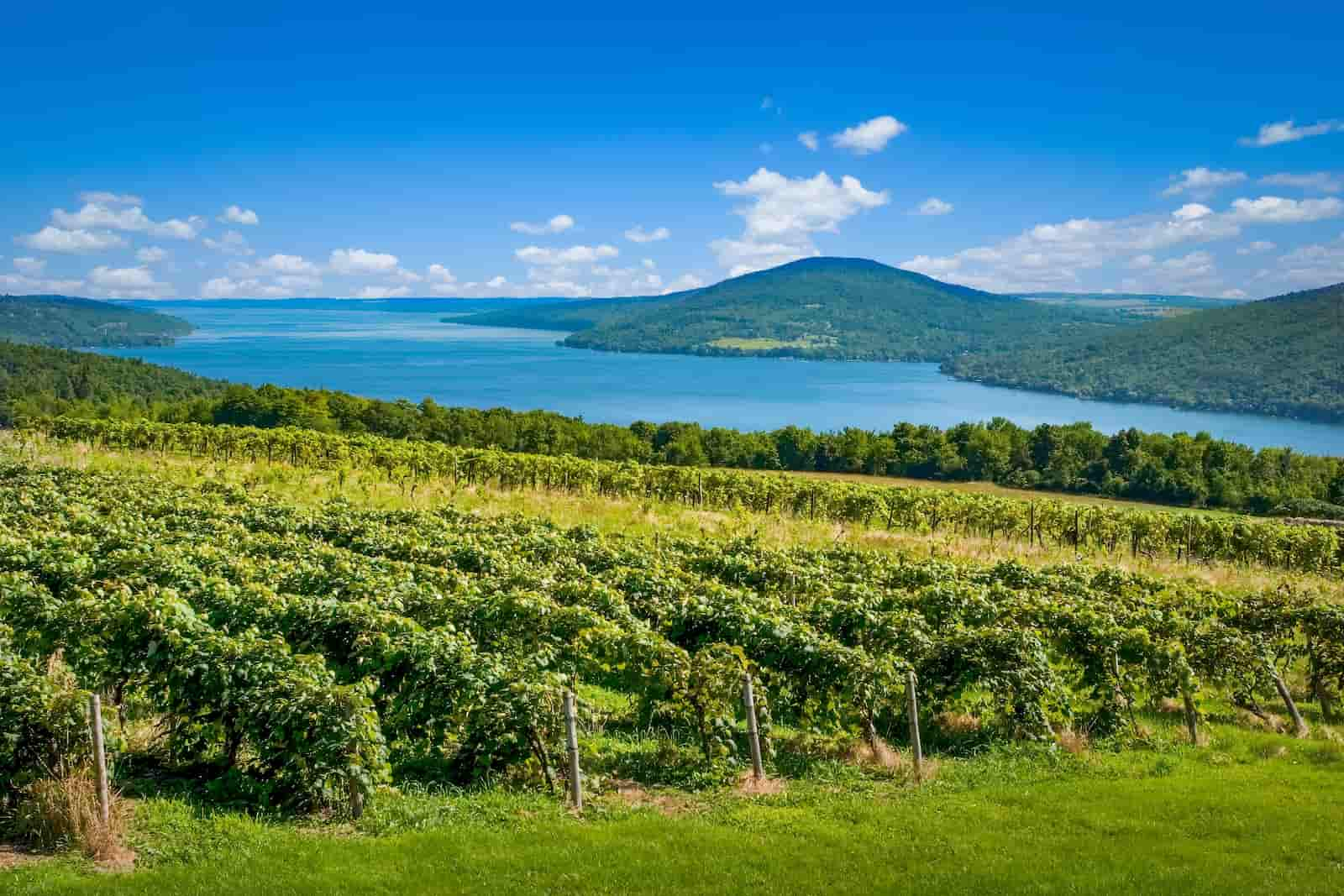
Canandaigua Lake in the Finger Lakes region of New York
Finger Lakes:
The Finger Lakes are a group of 11 long, narrow, and deep lakes in central New York, formed by glacial carving during the last Ice Age, which shaped the landscape into their distinctive finger-like shapes.

Erie Marina Basin and Buffalo skyline
Great Lakes:
New York borders Lake Erie and Lake Ontario
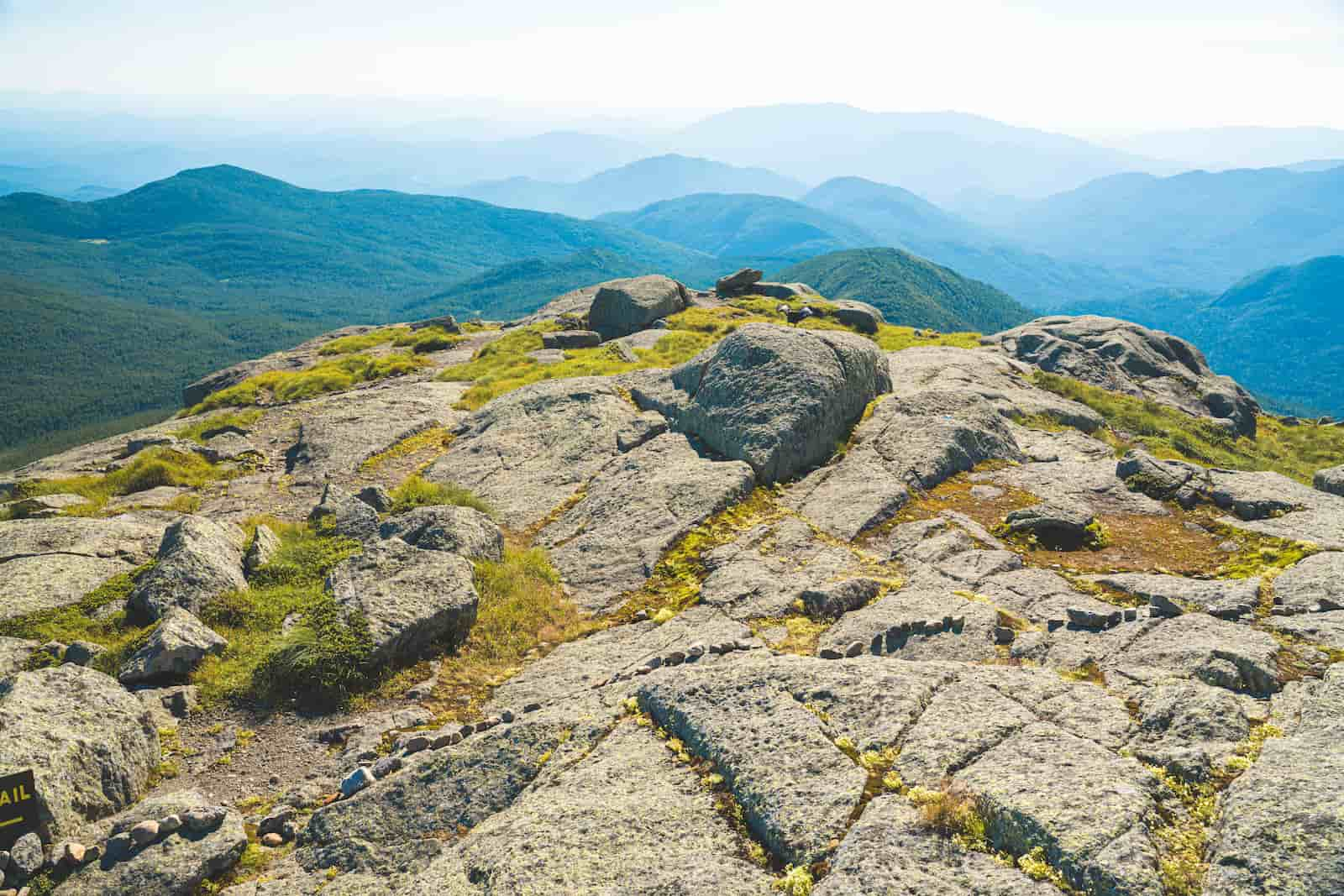
Image from the highest point in New York State
Highest Point:
Mount Marcy is the highest point in New York state at 5,344 feet high.
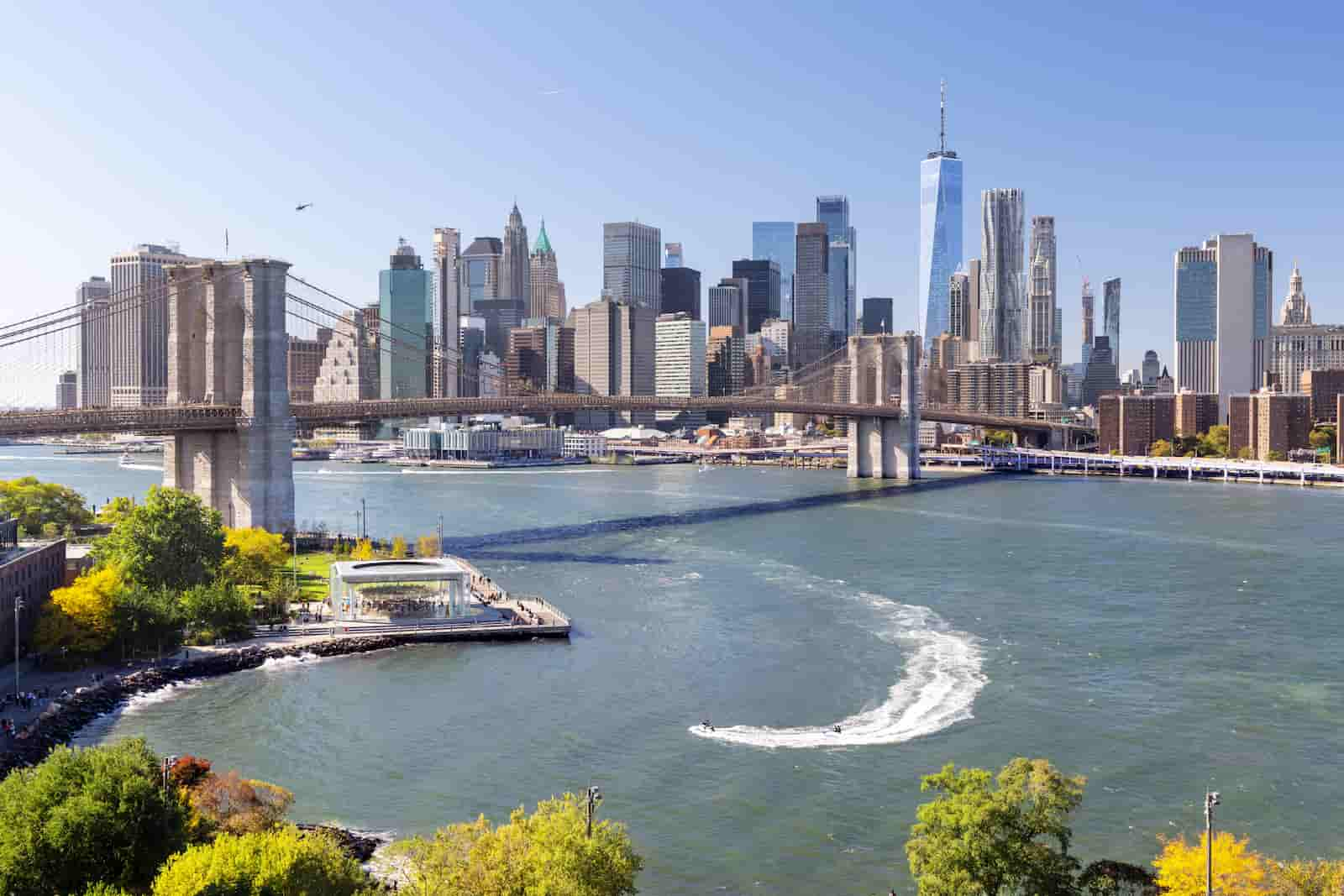
Brooklyn Bridge over the East River
Major Rivers:
Hudson River (longest in the state), Mohawk River, Genesee River, Susquehanna River, Raquette River, St. Lawrence River (border), Delaware River (border)

NEW YORK WILDLIFE & NATURE FACTS
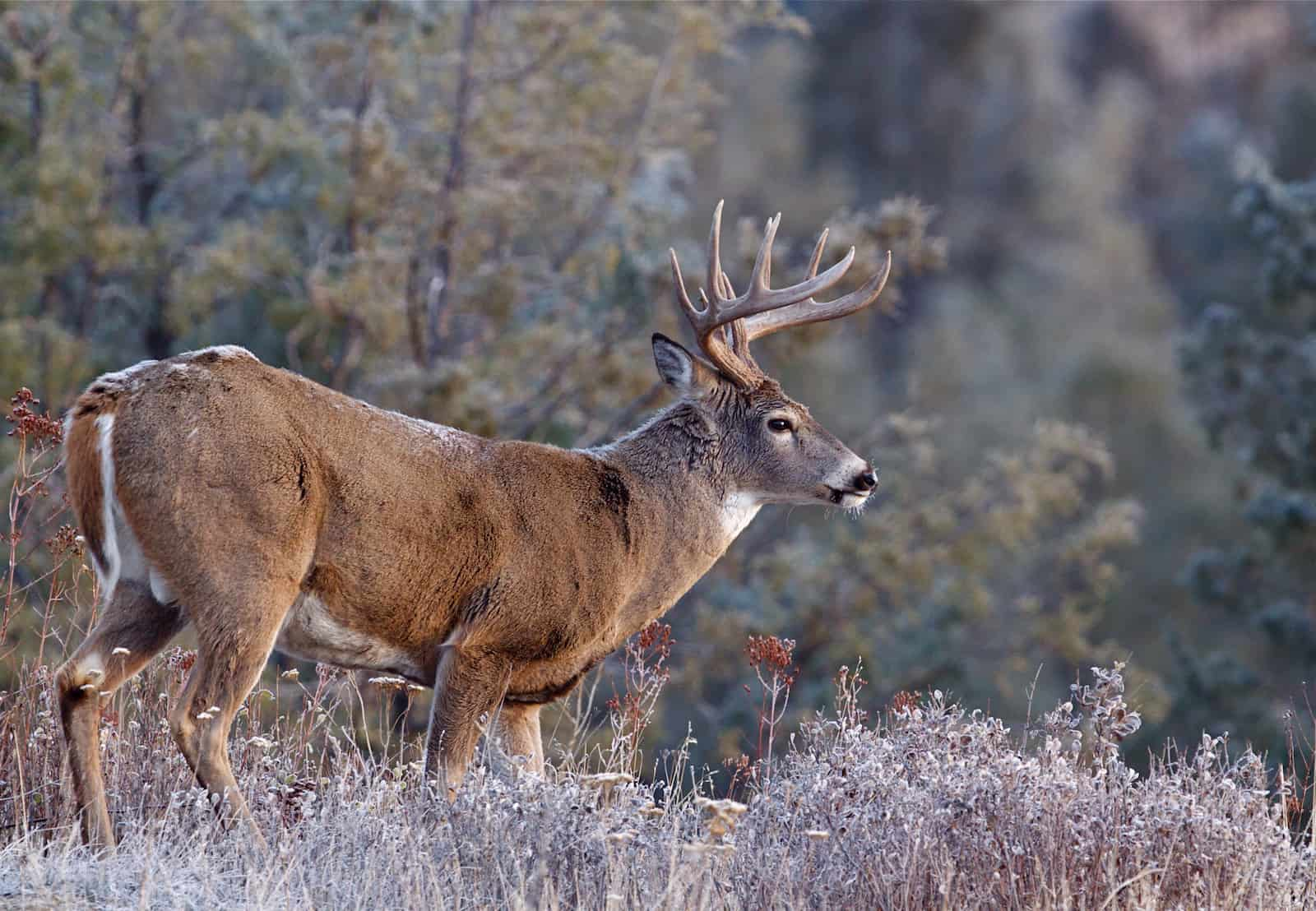
Whitetail Buck Deer Stag
Common Mammals:
White-tailed deer, eastern gray squirrel, raccoon, red fox, eastern cottontail rabbit, beaver, striped skunk, black bear, eastern chipmunk
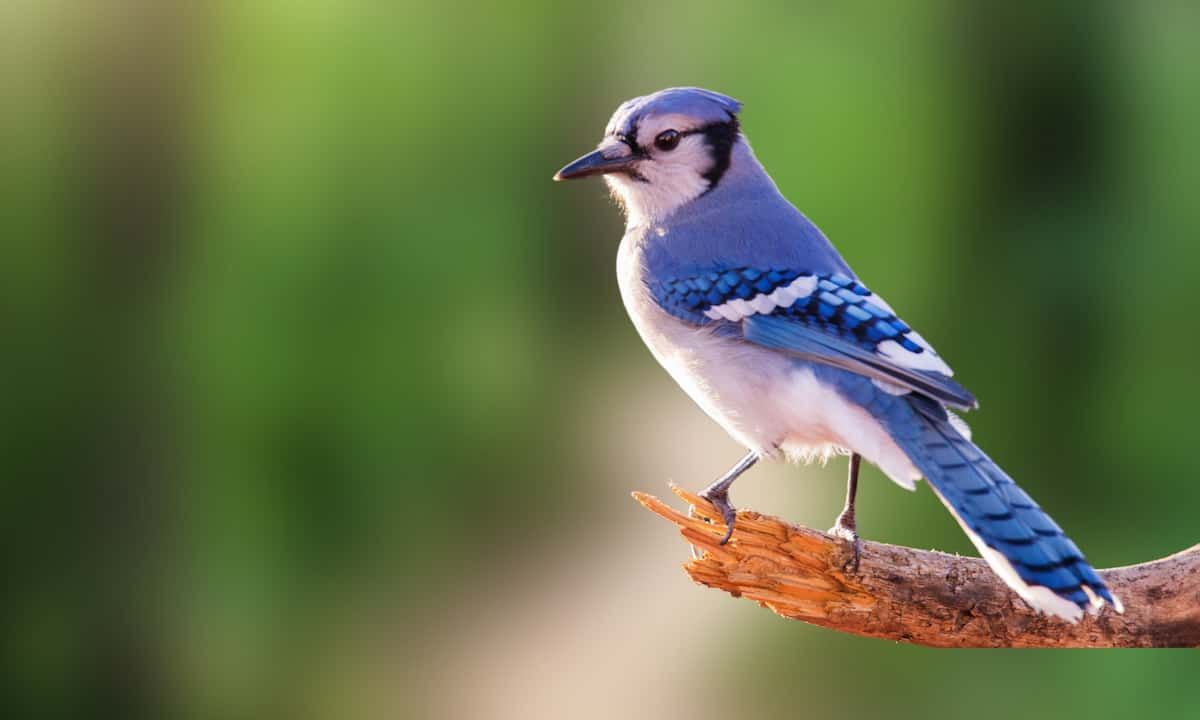
Blue Jay
Common Birds:
American robin, northern cardinal, mourning dove, blue jay, black-capped chickadee, house sparrow, red-tailed hawk, Canada goose, tufted titmouse
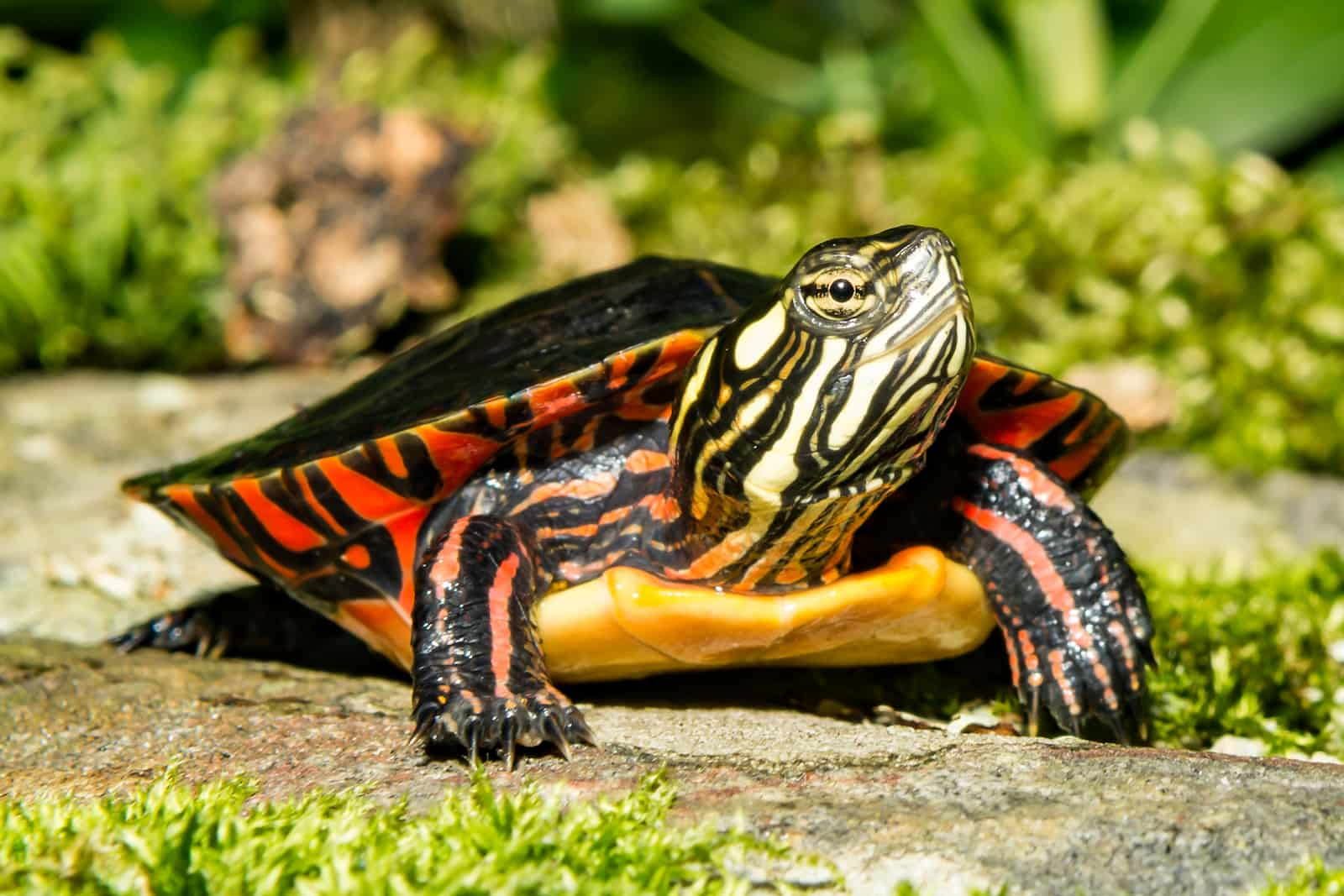
Eastern Painted Turtle
Common Reptiles and Amphibians:
Eastern painted turtle, snapping turtle, eastern rat snake, northern watersnake, eastern box turtle, American bullfrog, spring peeper, eastern newt, northern leopard frog, spotted salamander
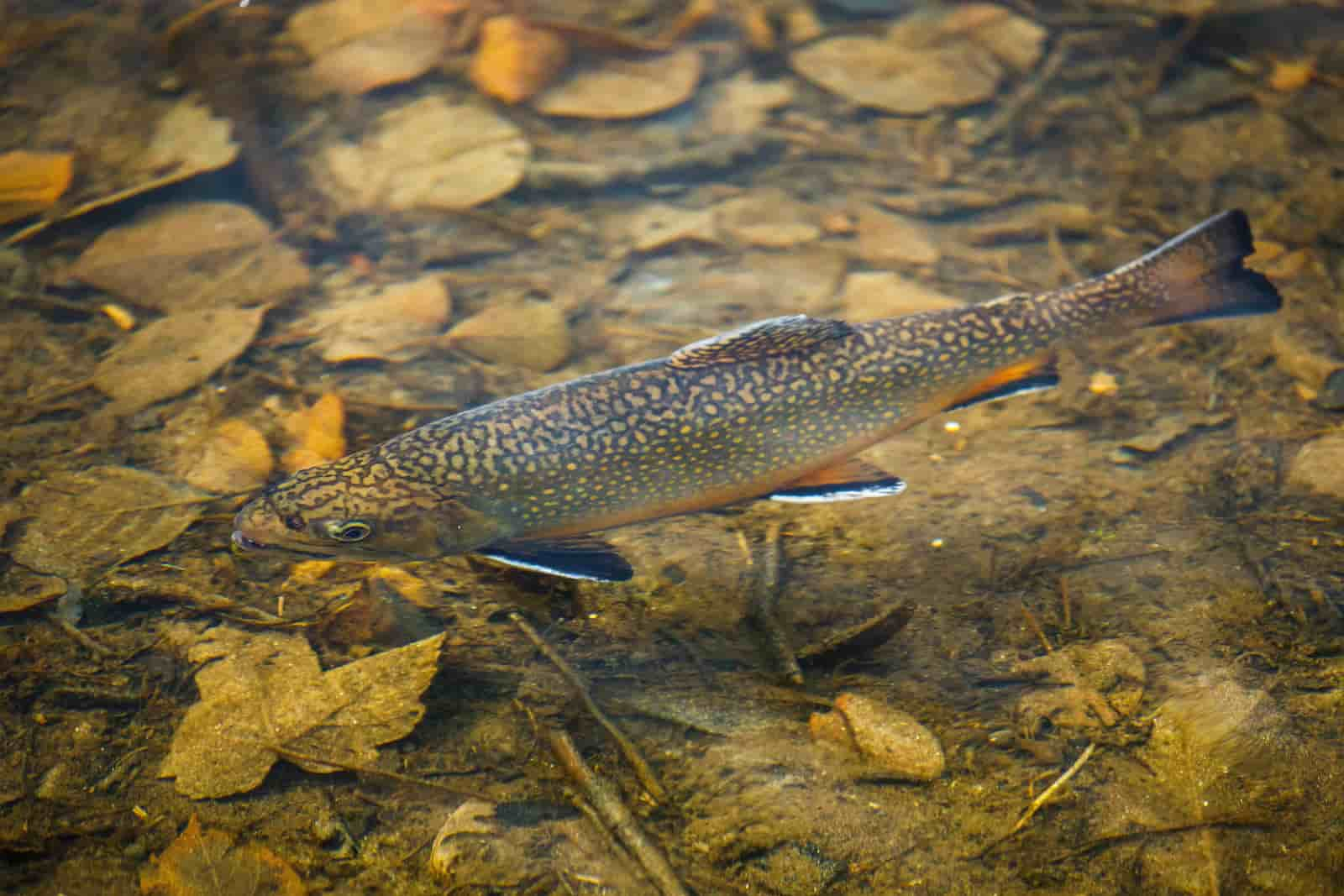
Brook Trout
Common Fish:
New York has freshwater and saltwater fish, including brook trout, striped bass, perch, salmon, and cod.
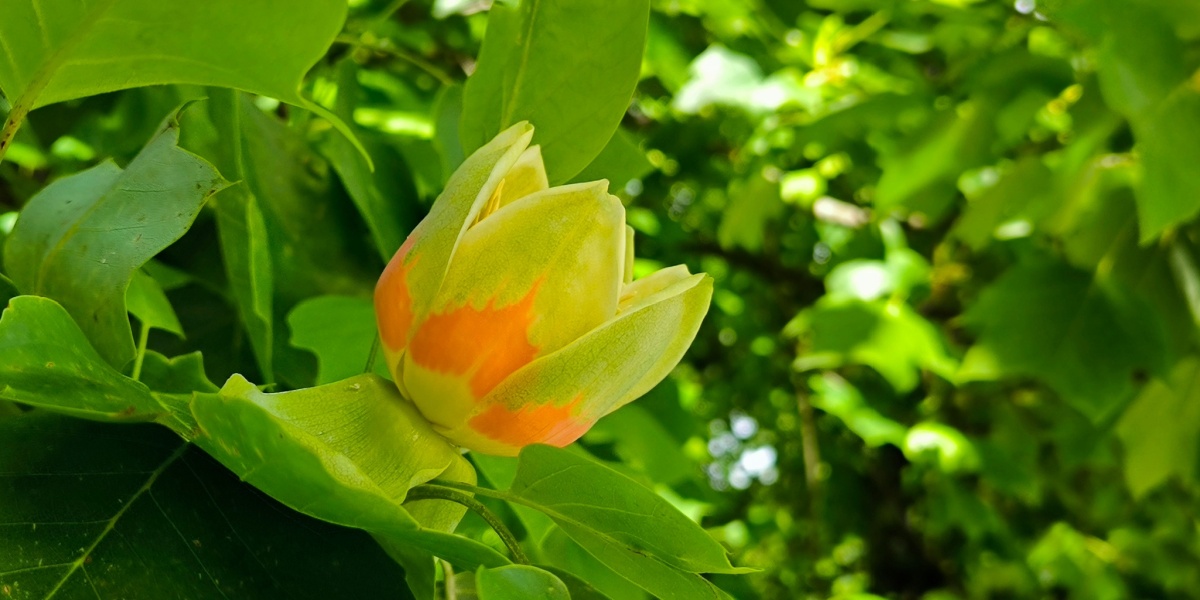
Tulip Poplar Tree
Common Trees:
Sugar maple, red oak, eastern white pine, American beech, tulip poplar, white ash, and Eastern redcedar
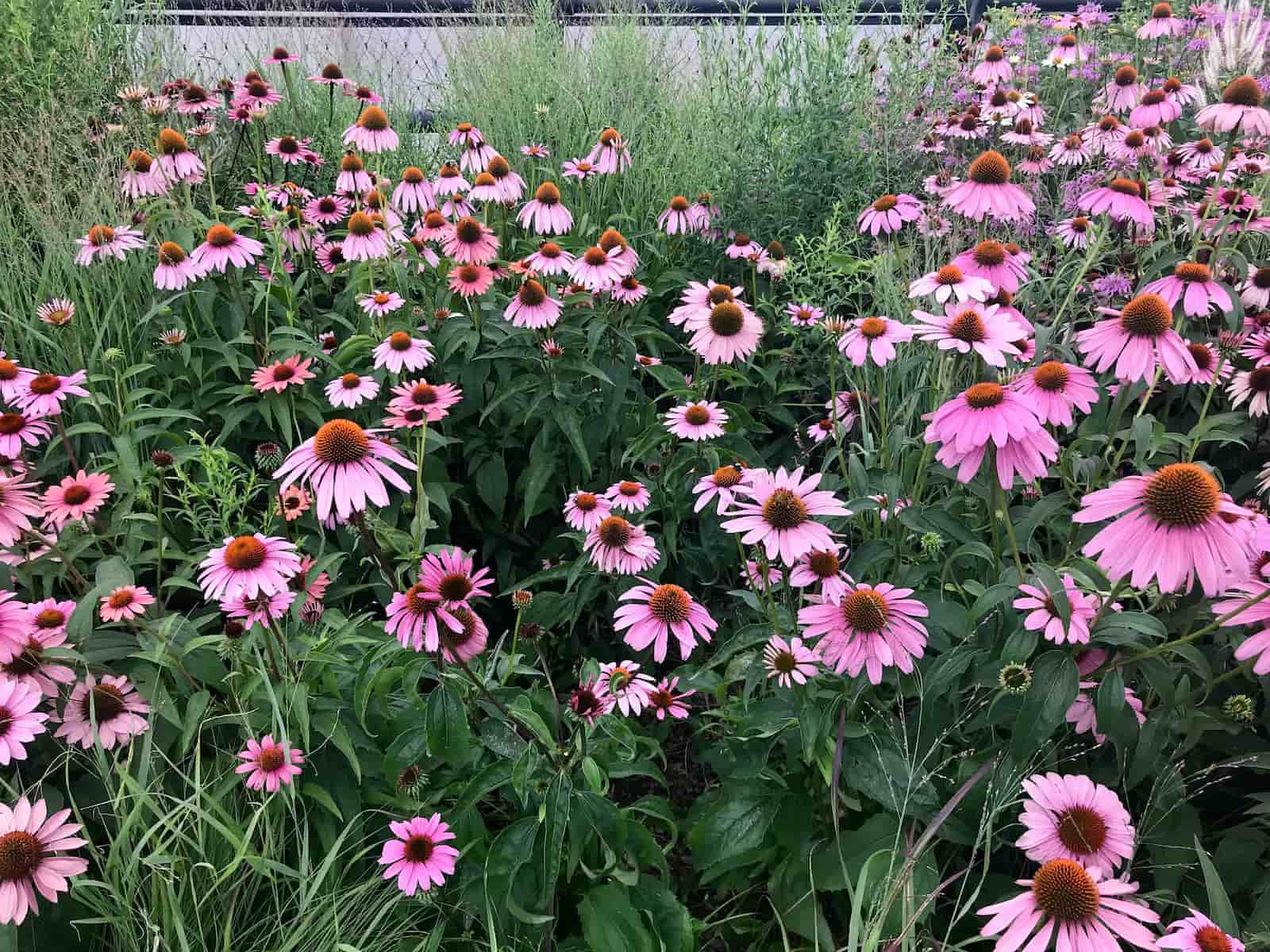
Indian Paintbrush
Common Plants and Flowers:
Purple coneflower, goldenrod, trillium, joe-pye weed, black-eyed Susan, milkweed, bloodroot, New England aster, wild bergamot, blue flag iris
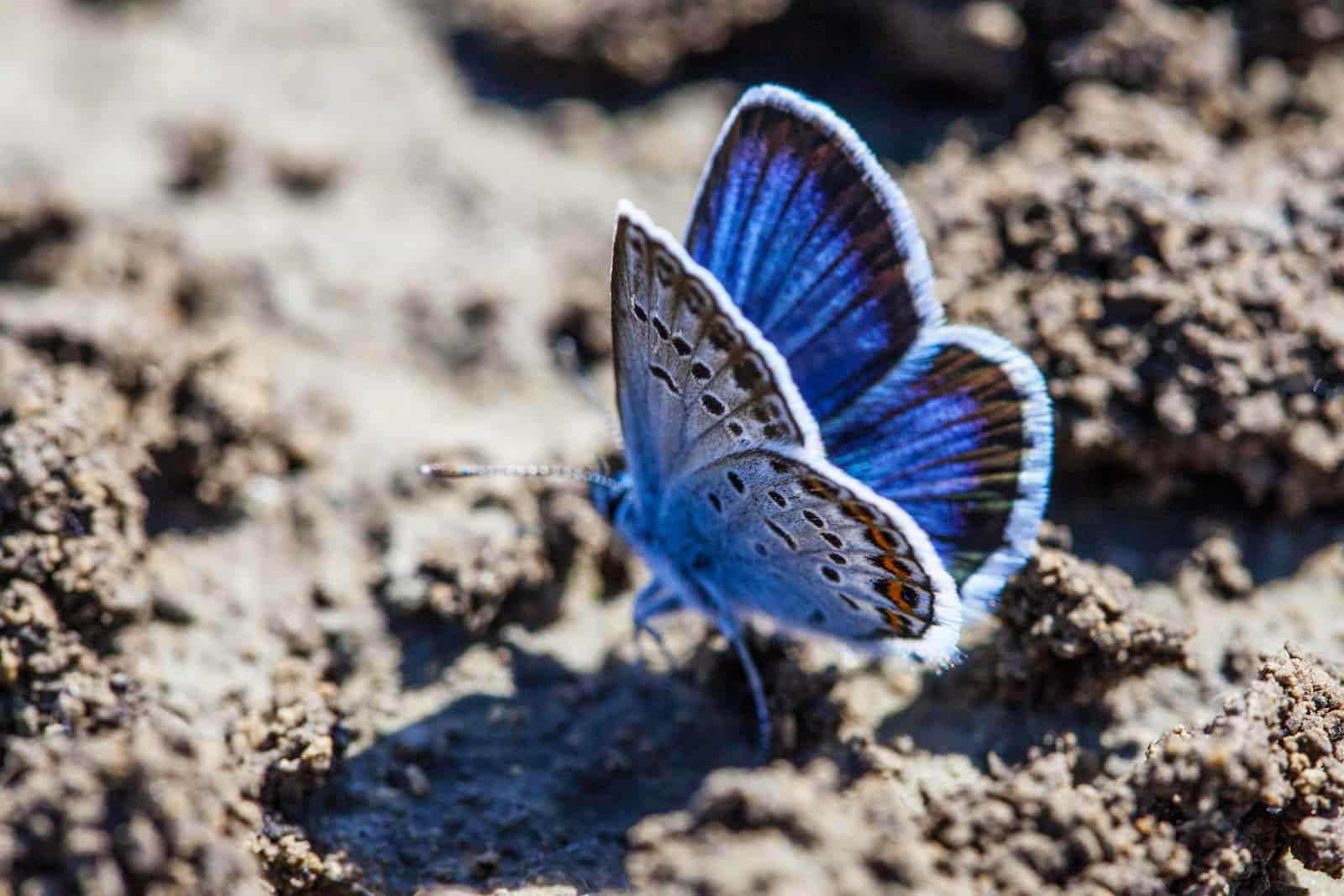
Karner Blue Butterfly
Selected Endangered Species:
Karner blue butterfly, Atlantic sturgeon, eastern tiger salamander, peregrine falcon, piping plover, short-eared owl, gray wolf, cougar
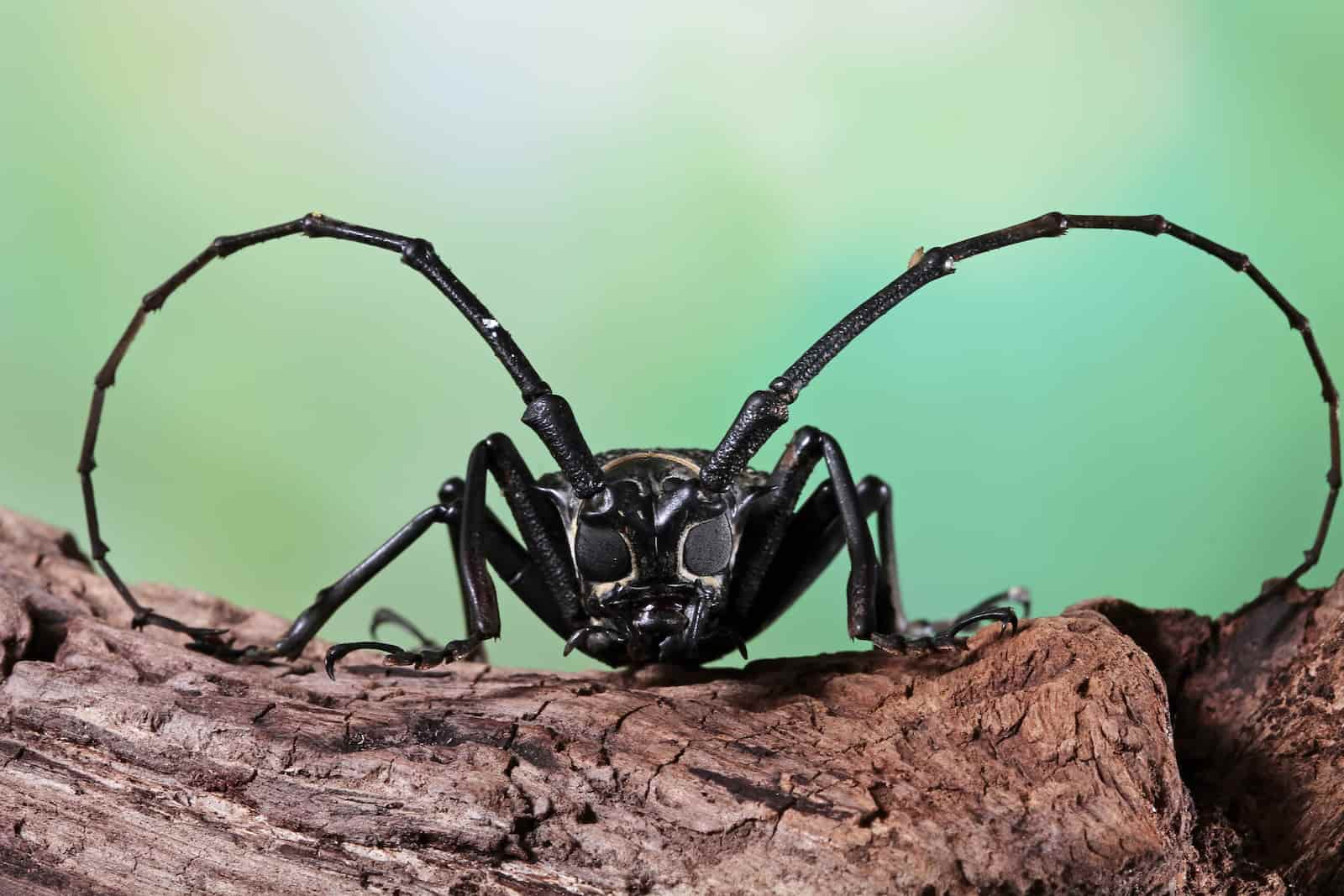
Asian Longhorn beetle
Selected Invasive Species:
Emerald ash borer, Asian longhorned beetle, spotted lanternfly, zebra mussel, quagga mussel, round goby, Eurasian watermilfoil, water chestnut, hydrilla, European green crab
?
DID YOU KNOW?
The Eastern hellbender, one of the largest salamanders in North America, lives in the clean, fast-flowing streams in New York’s Catskills and Adirondacks but is very rare and elusive.

NEW YORK HISTORY FACTS
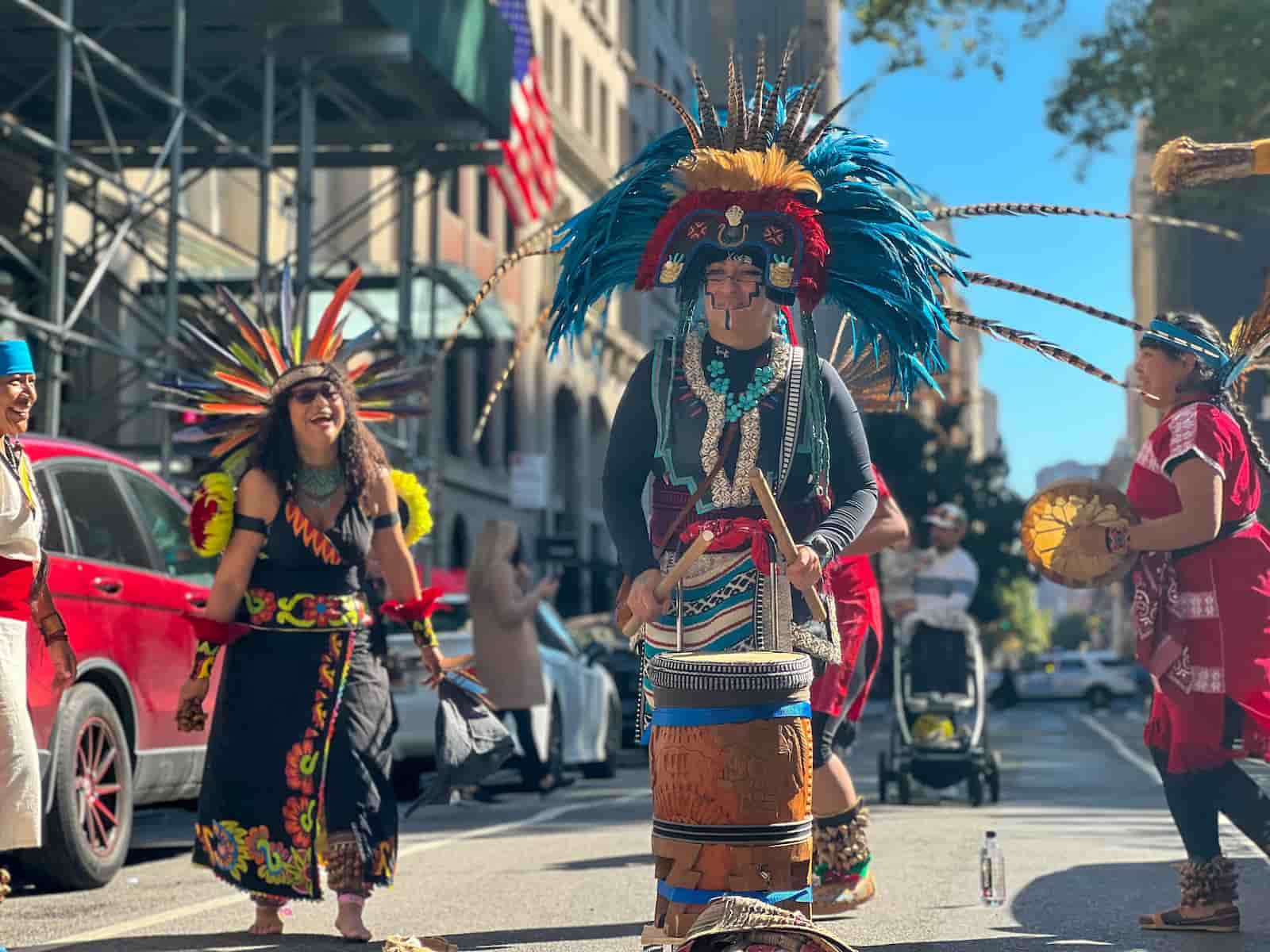
American Indian celebration
First Inhabitants:
Indigenous people have lived in what is now New York for at least 13,000 years. They moved from place to place but often stayed near places like Lake Champlain, the Hudson River Valley, and Oneida Lake.
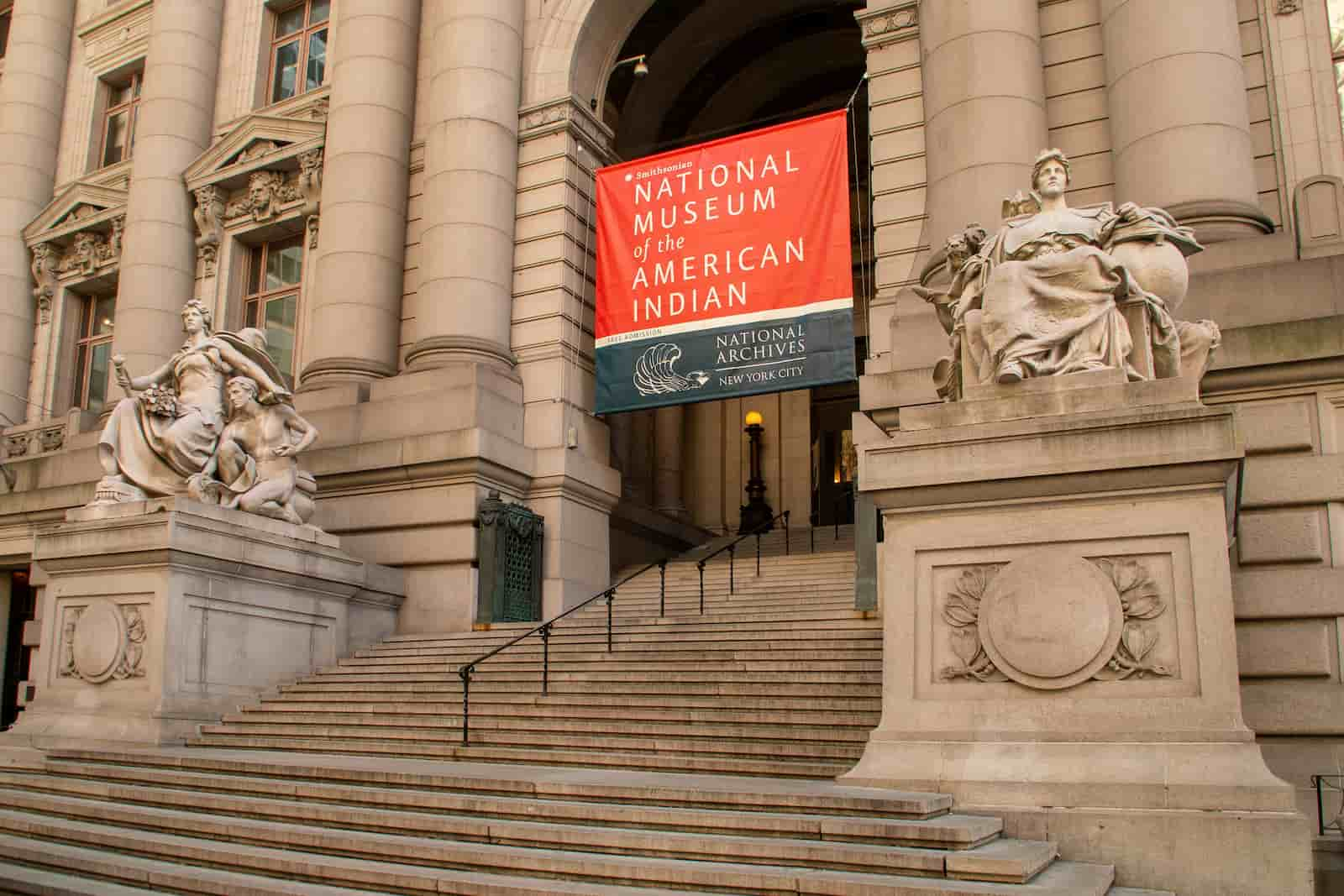
National Museum of the American Indian in New York
Federally Recognized Tribes:
There are eight federally recognized Native American tribes in New York today: Cayuga Nation, Oneida Nation, Onondaga Nation, Seneca Nation of Indians, Shinnecock Indian Nation, St. Regis Mohawk Tribe, Tonawanda Band of Seneca, and Tuscarora Nation.
Iroquois Confederacy:
The Iroquois Confederacy, also known as the Haudenosaunee, was a group of Native American nations that joined together to support each other and live in peace. They lived in what is now the upstate New York region. It included five nations: the Mohawk, Oneida, Onondaga, Cayuga, and Seneca; later, the Tuscarora joined too. They made decisions using a council where each nation had a voice, and their system of government inspired parts of the U.S. Constitution.
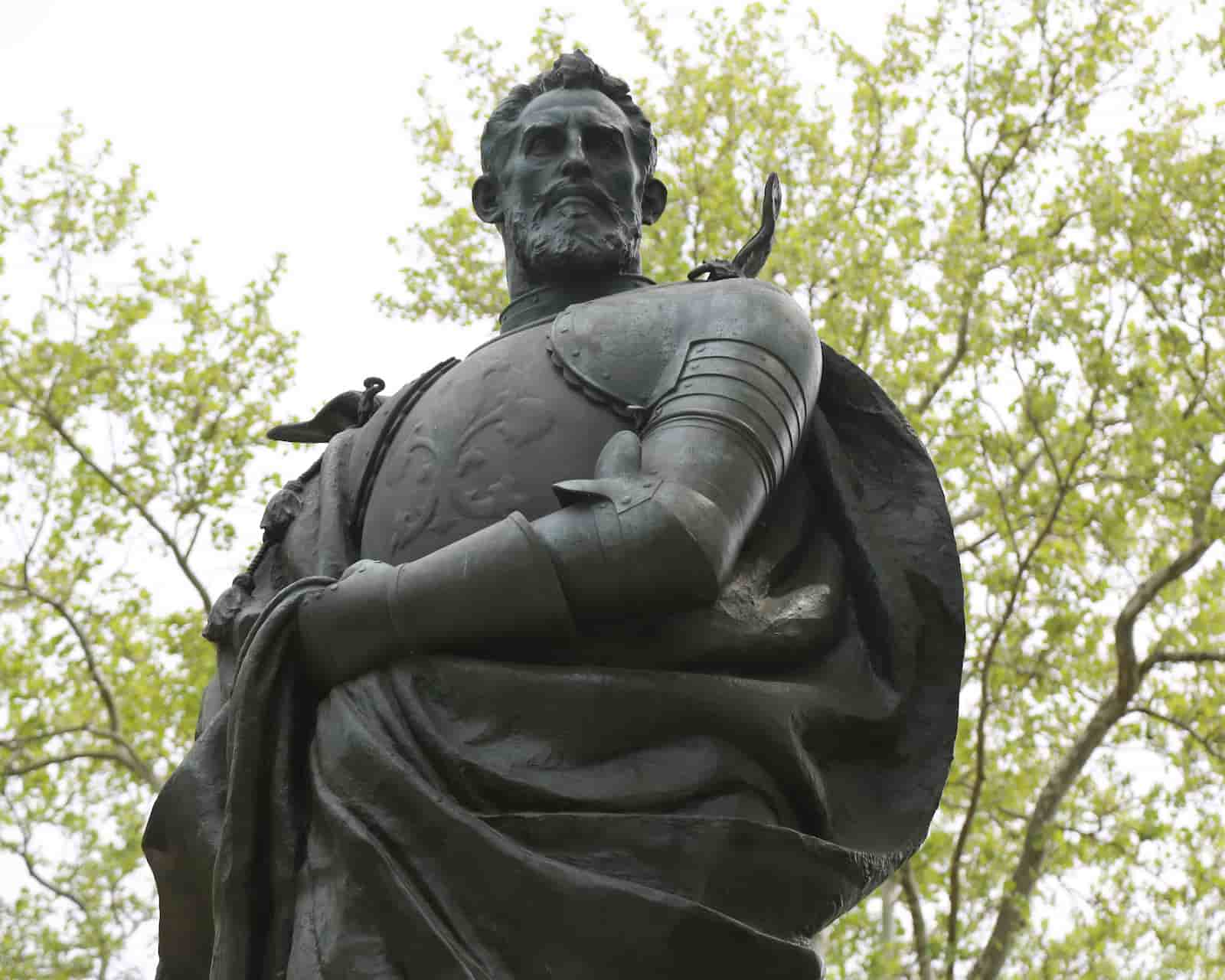
Sculpture of Giovanni da Verrazzano in Battery Park
First European Visitors:
In 1524, an Italian explorer named Giovanni da Verrazzano became the first European to explore the East Coast of America when he sailed into what is now New York Bay. Today, the Verrazzano-Narrows Bridge in New York is named after him to remember his journey.
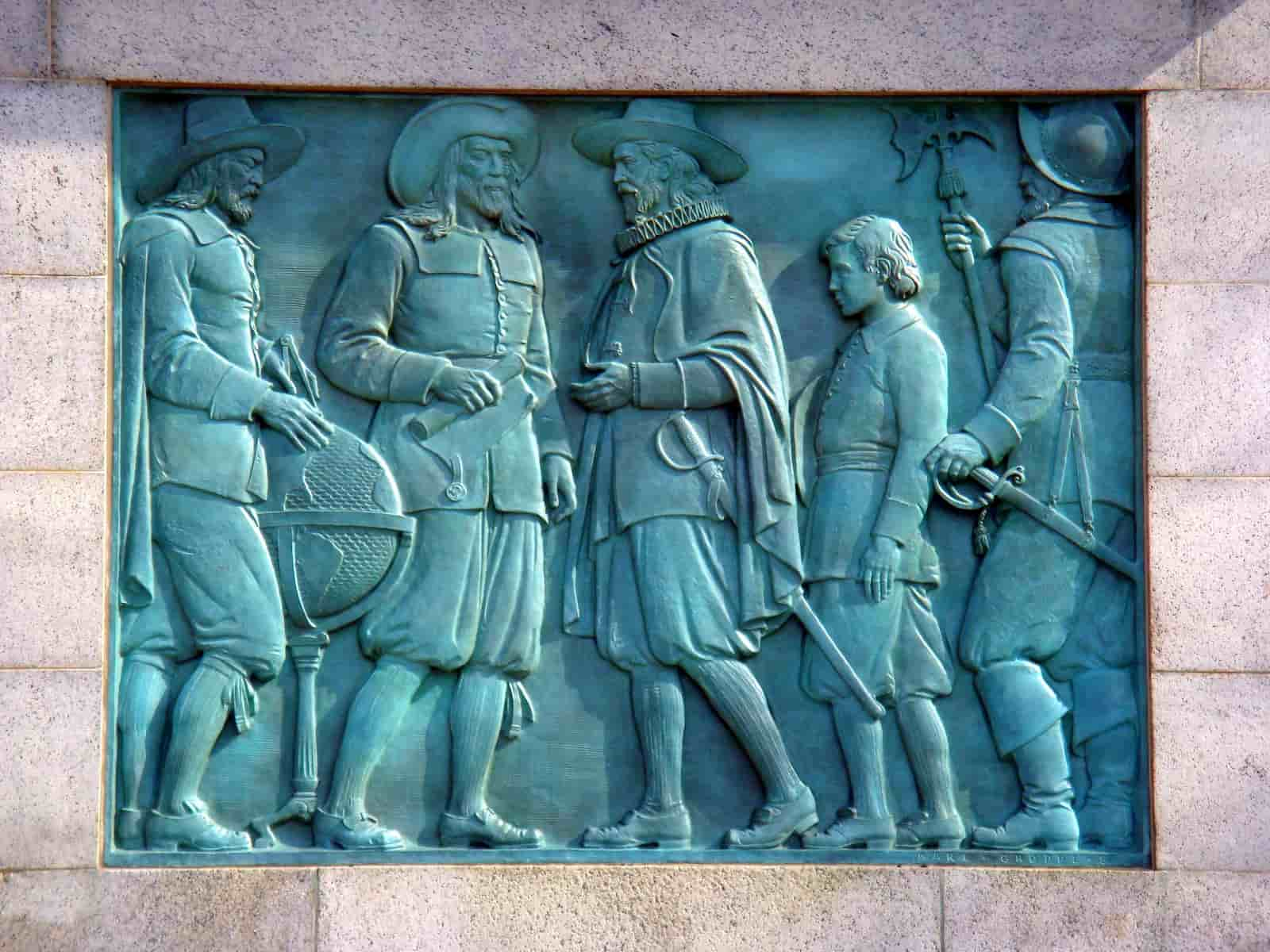
Henry Hudson Plaque
Early Explorers:
Henry Hudson explored the Hudson River Valley as part of his unsuccessful quest to find a water route from Europe to the Far East. Samuel de Champlain mapped the upstate New York region around the Great Lakes; Lake Champlain is named for him.
New Amsterdam:
The Dutch started the colony of New Netherland in 1624, which included New York City and nearby areas, and they built a town called New Amsterdam on the southern tip of Manhattan Island. In 1626, the Dutch governor Peter Minuit “bought” Manhattan from the local Native American tribe. Because the native Manhattan people (the Lenape) had a different understanding of land ownership, conflicts soon started, eventually leading to war.
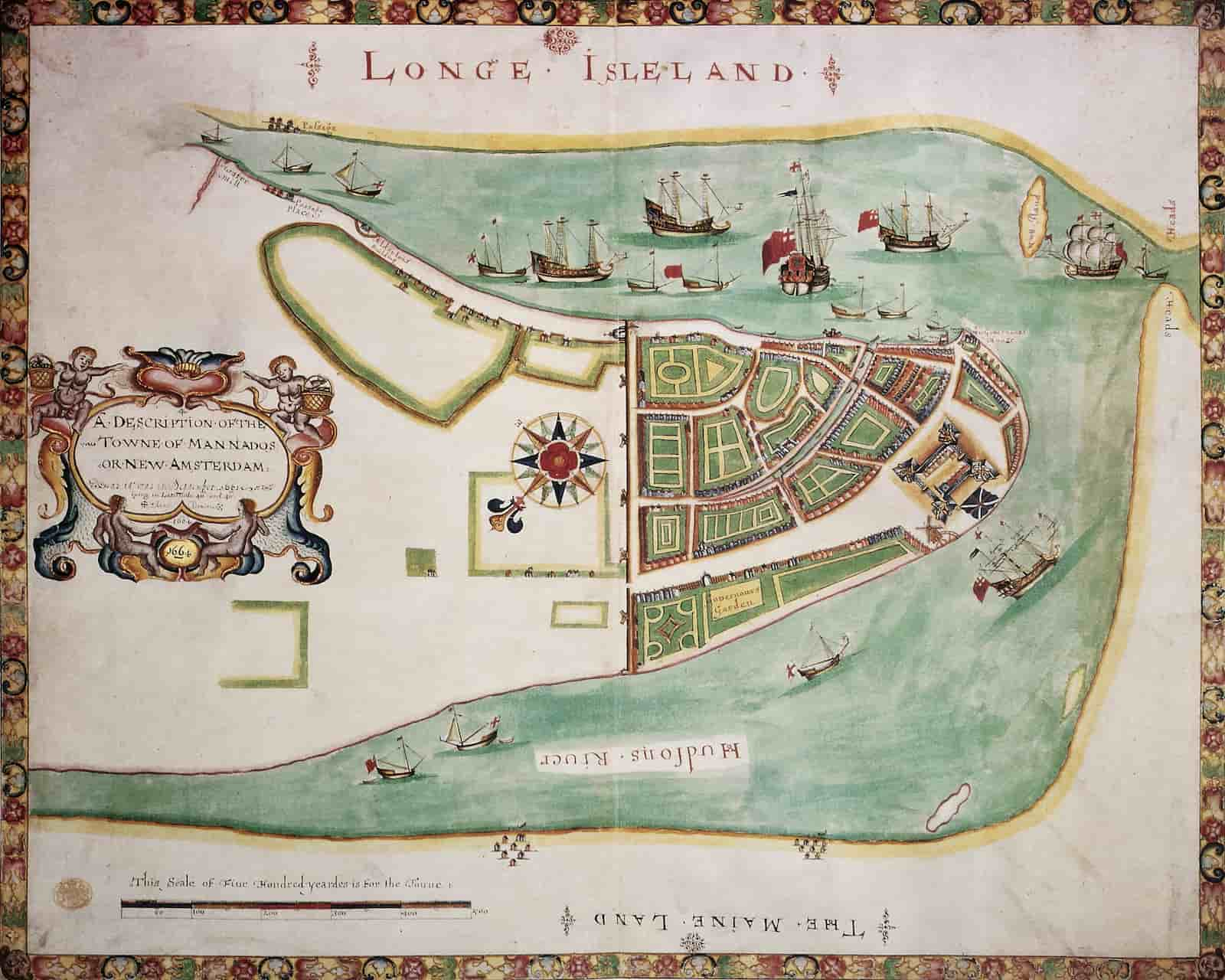
New York map, published 1664
Original Colony:
In 1664, after many years of fighting over it, the English took control of New Amsterdam from the Dutch, renaming it New York. It was one of the original 13 colonies that would later become the United States.
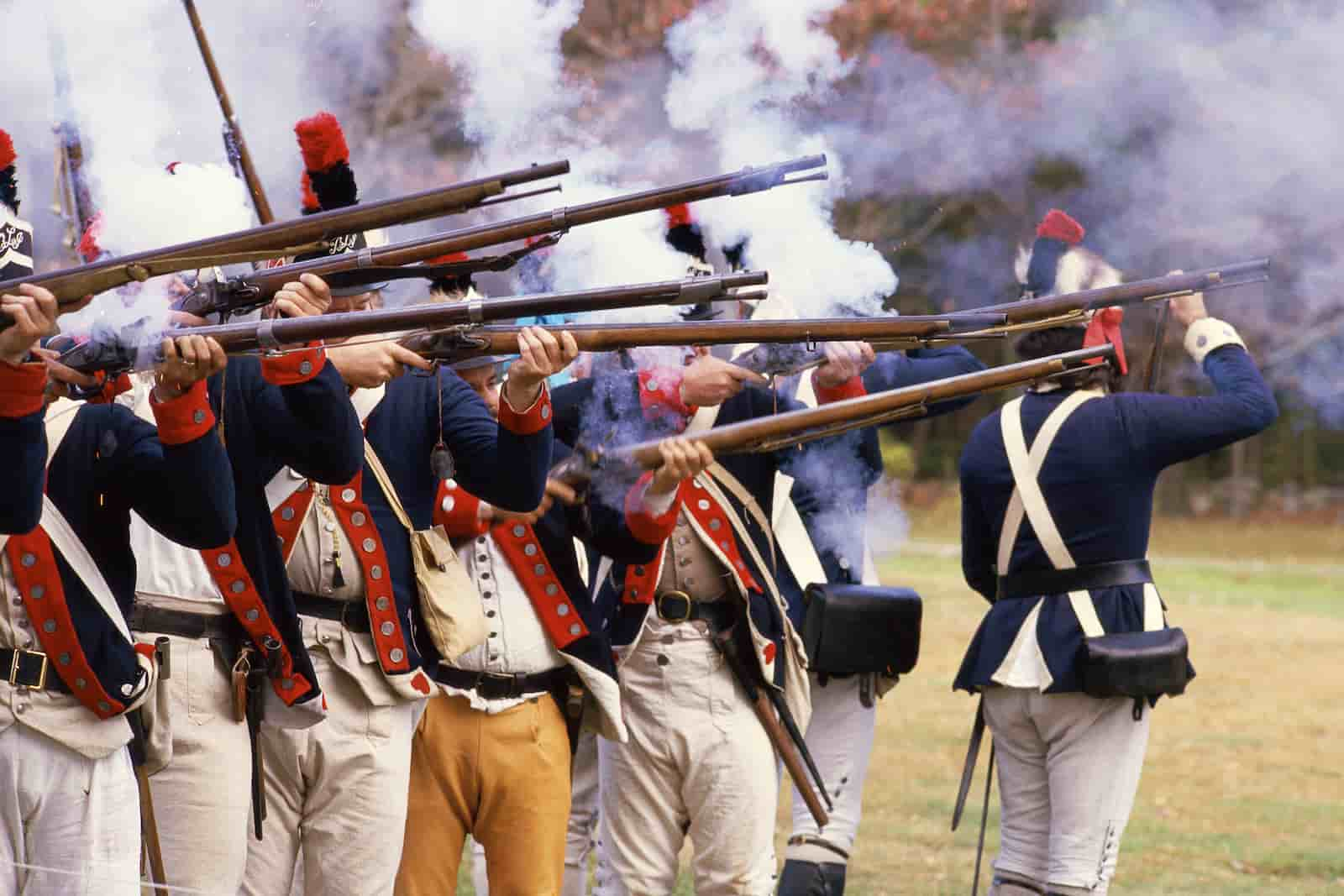
American Revolutionary War re-enactment, NY
Revolutionary History:
New York was a central site for Revolutionary War action, with many major battles taking place in the state. The Saratoga Campaign in 1777 is one of the most famous, as the American victory lifted spirits and helped convince other countries to support the young nation.
?
DID YOU KNOW?
The British captured New York City in 1776 and held it for the duration of the Revolutionary War. There were many battles in and around the city, including the Battle of Harlem Heights and the Battle of Long Island.
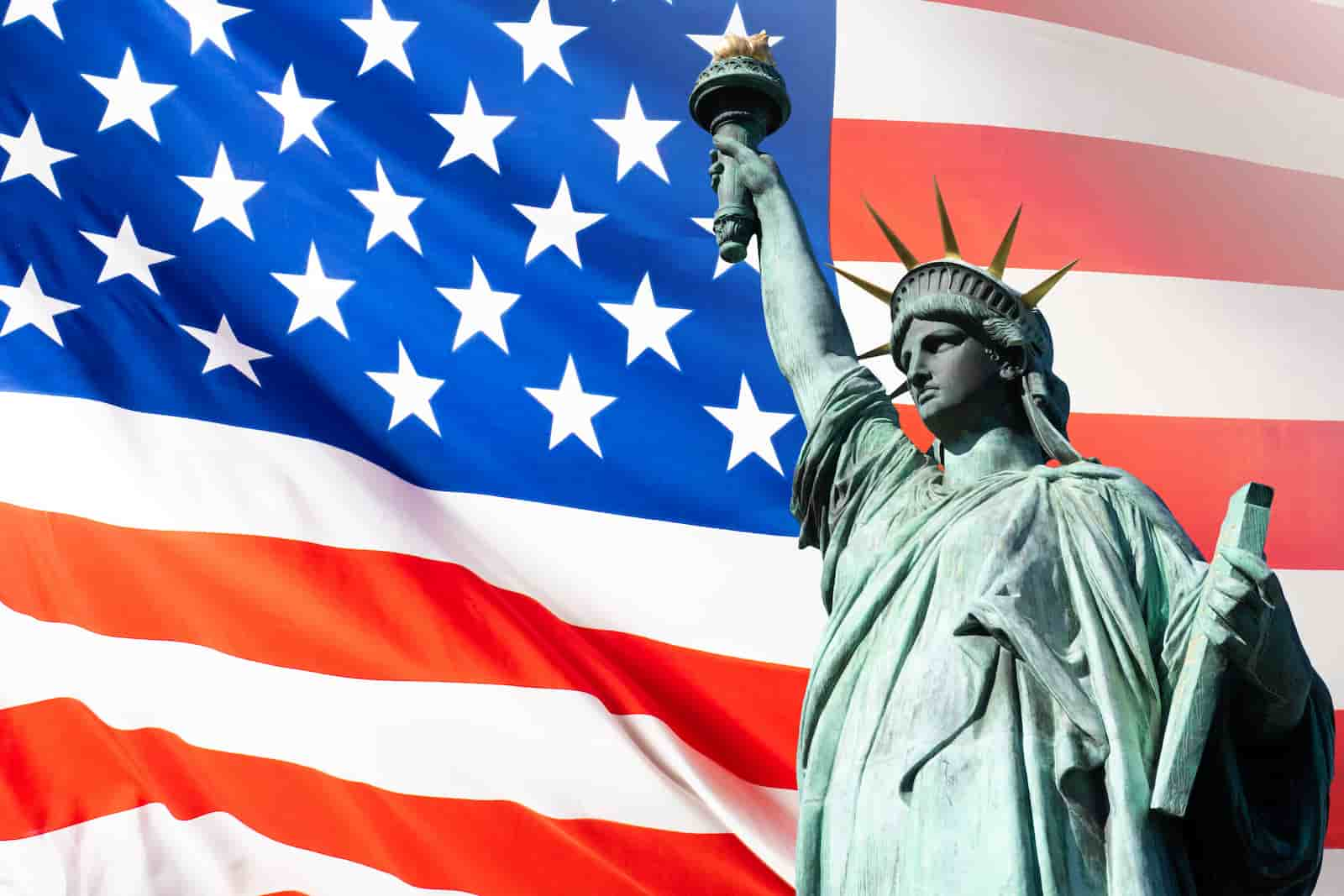
Statue of Liberty next to USA flag
U.S. Capital:
After the Revolutionary War ended, New York became one of the original 13 states when it ratified the U.S. Constitution in July 1788, the 11th state to do so. New York City became the first capital of the United States under the Constitution, and George Washington took his first Oath of Office there in 1789. A year later, the capital moved temporarily to Philadelphia, and then permanently to the newly built Washington, D.C. in 1800.
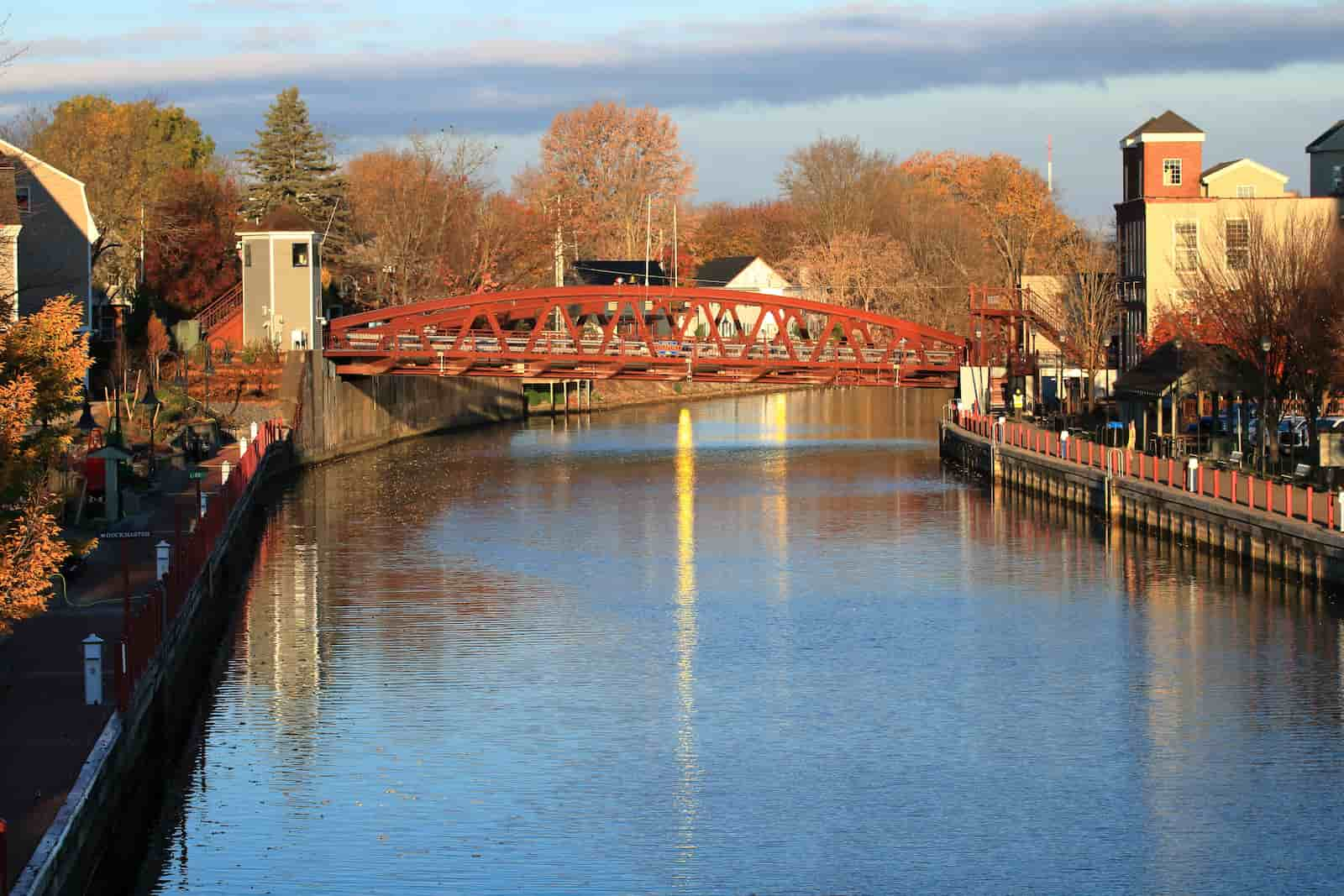
Bridge over the Erie Canal in Upstate New York
Erie Canal:
Built between 1817 and 1825, this 363-mile-long waterway connects the Great Lakes to the Hudson River and the Atlantic Ocean. It was only four feet deep, but had 83 locks to help boats travel up and down hills. The Erie Canal helped people and goods travel much faster and cheaper, which helped New York grow quickly.
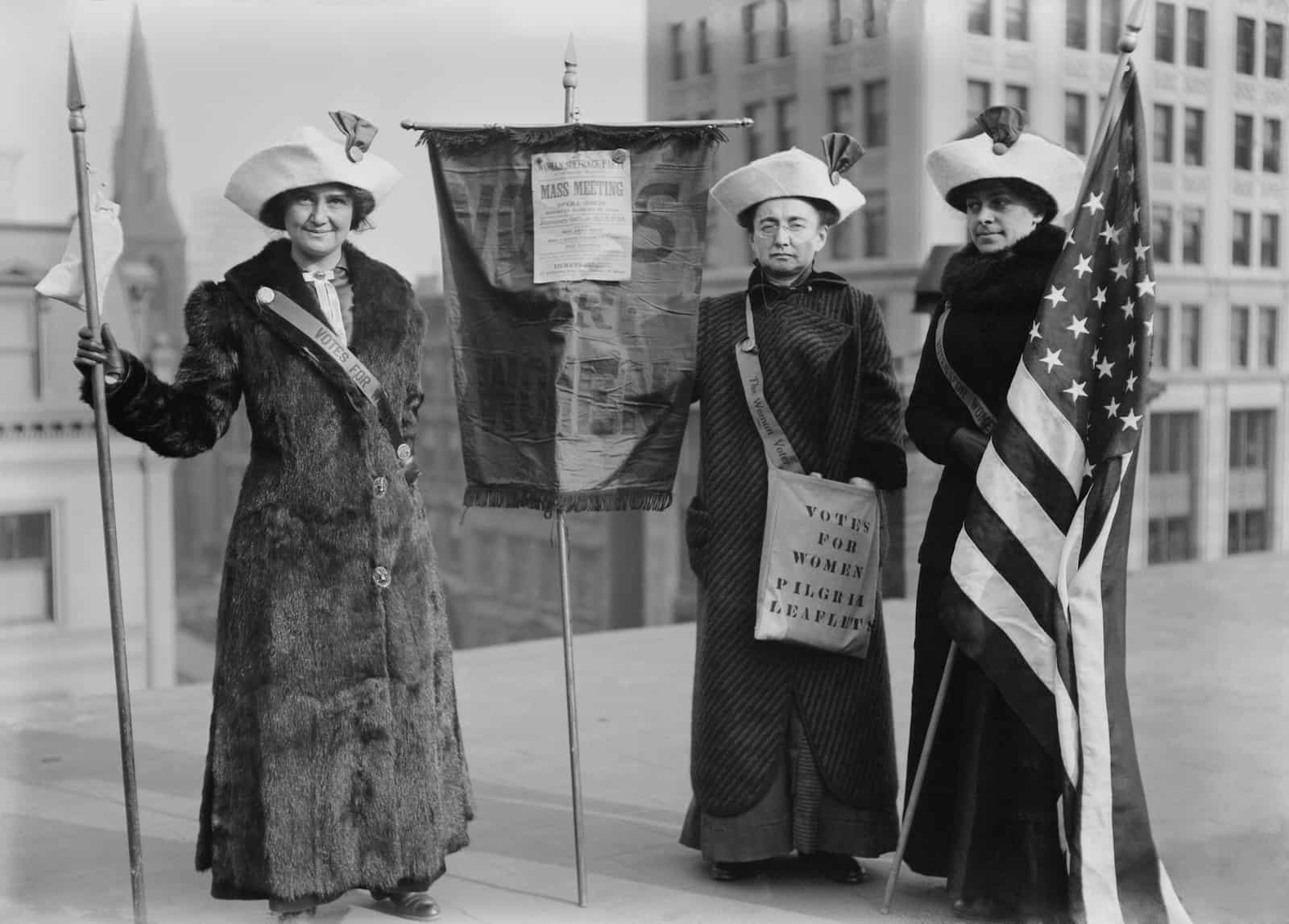
Suffragists
Seneca Falls:
In 1848, the Seneca Falls Women’s Rights Convention became the first big meeting to specifically address women’s suffrage in the United States. Leaders like Elizabeth Cady Stanton and Lucretia Mott spoke about the need for equal rights, including the right for women to vote.
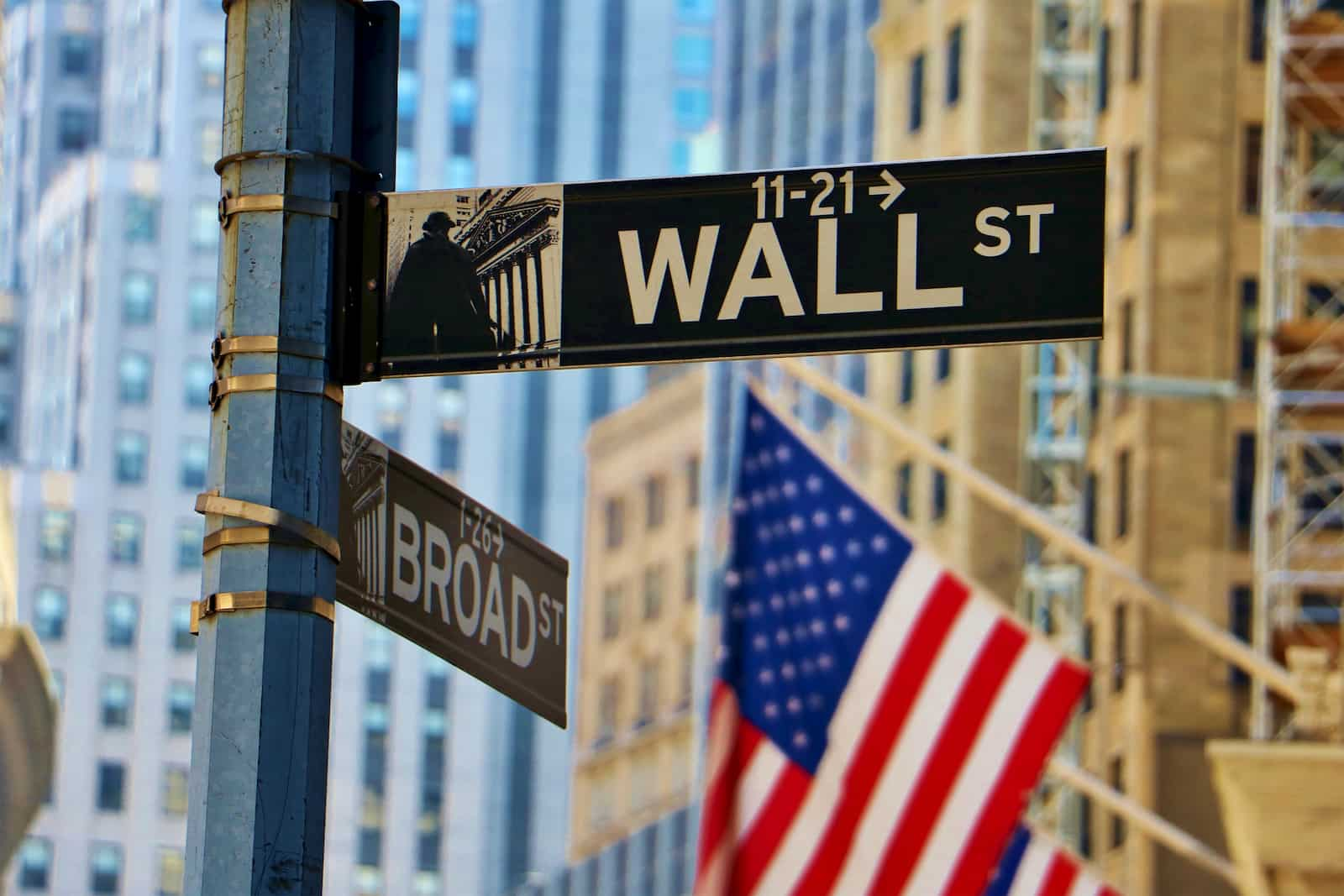
Wall Street, New York City
Wall Street:
Named after a wall built by Dutch settlers in the 1600s, Wall Street became a place to buy and sell stocks in the late 1700s. In 1817, it became home to the New York Stock Exchange, where the stock ticker was born in 1867.
?
DID YOU KNOW?
In 1917, New York was the first eastern state to change its constitution to allow women the full right to vote. Three years later, the U.S. passed the 19th Amendment to the U.S. Constitution, guaranteeing suffrage to women nationwide.
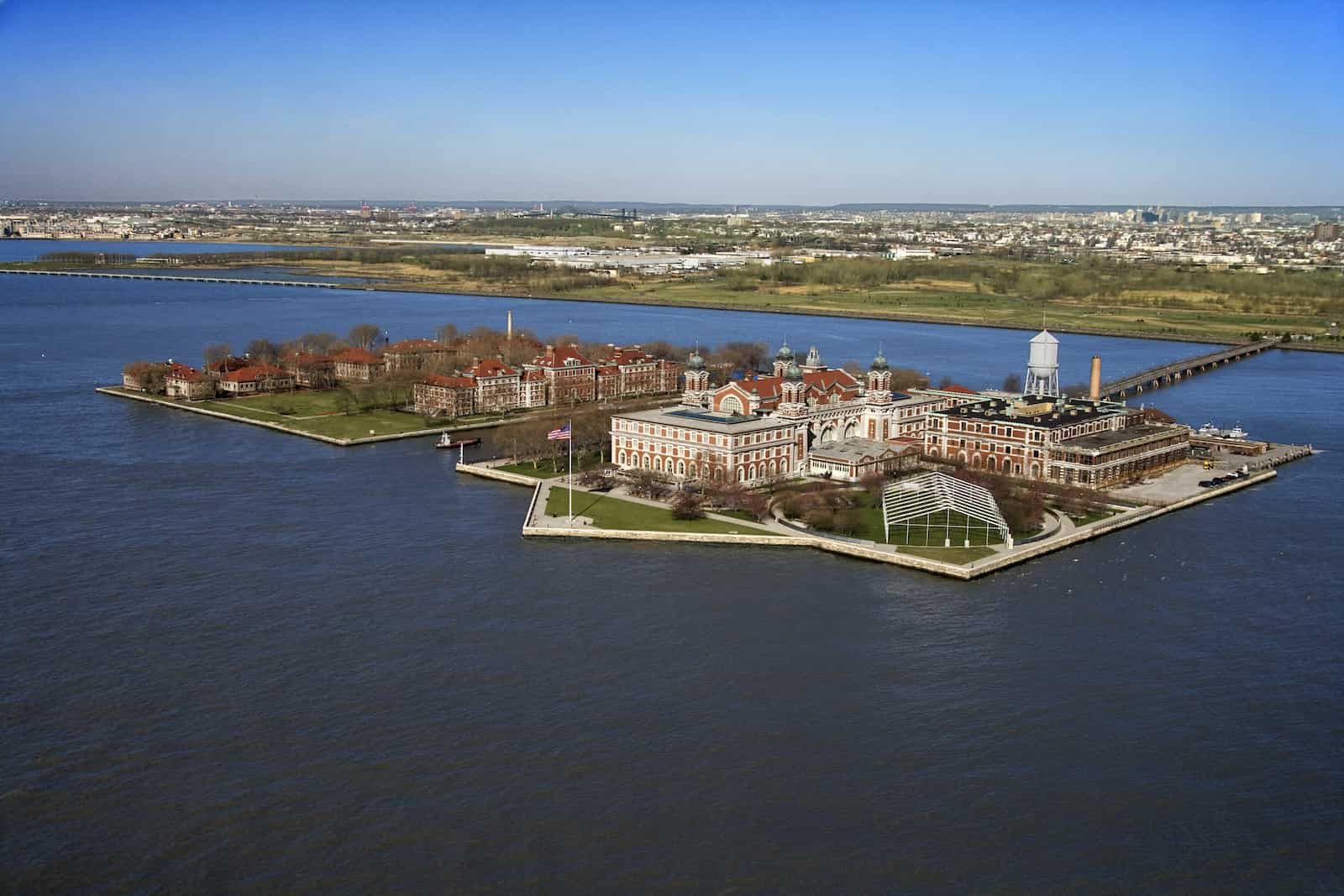
Aerial view of Ellis Island, New York City
Ellis Island:
In the late 19th and early 20th century, millions of people came to the United States from countries like Ireland, Germany, Italy, and China to escape war and hunger or to find better jobs. 12 million of these people passed through Ellis Island in New York City between 1892 and 1954, starting new lives and helping the U.S. grow and thrive.
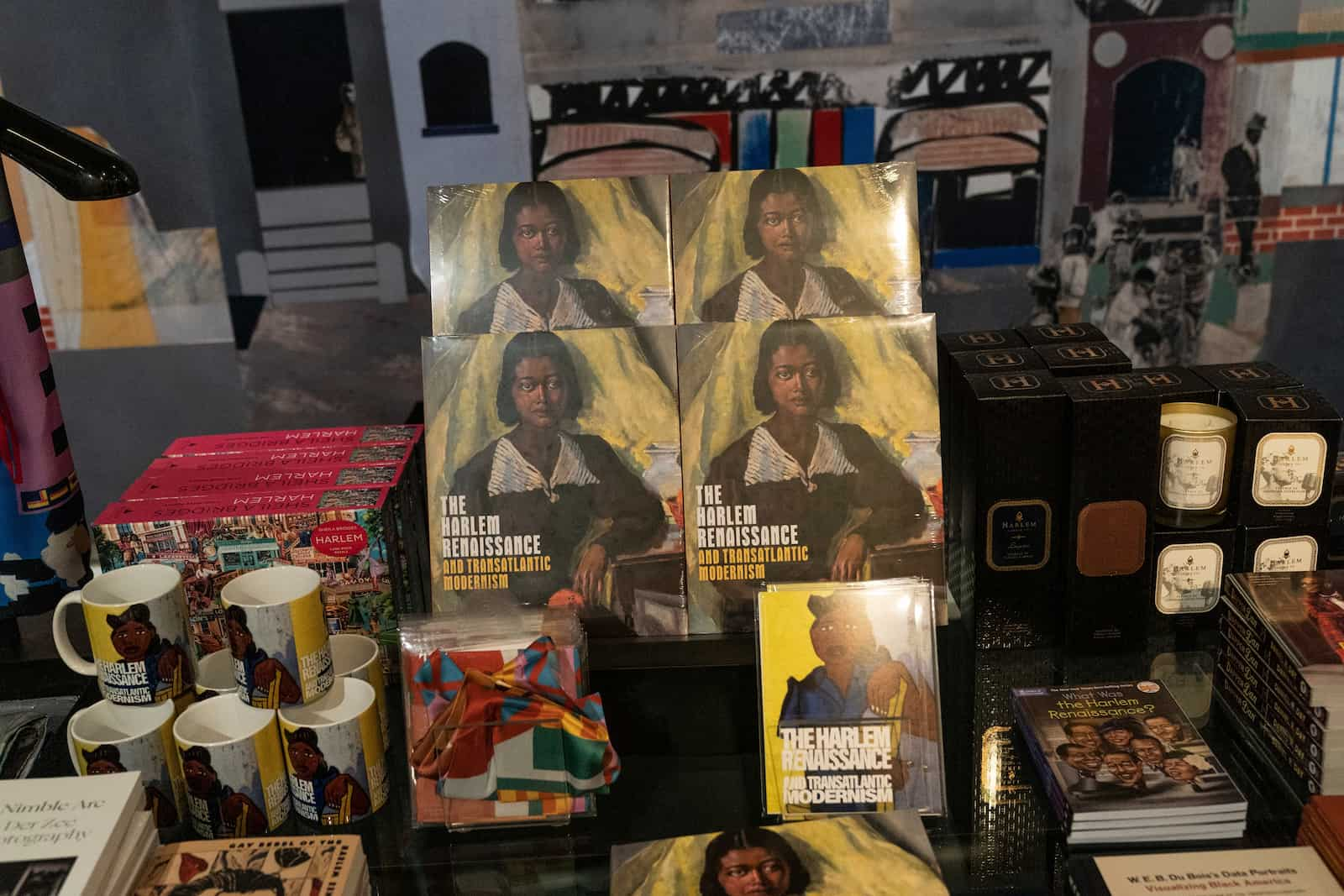
Merchandise from Harlem Renaissance Exhibit
Harlem Renaissance:
During the 1920s and 1930s, Black artists, writers, and musicians in Harlem, New York, created exciting new music, books, and art, helping celebrate Black culture and inspiring pride and creativity across the country. Well-known artists included Langston Hughes, Zora Neale Hurston, Aaron Douglas, Louis Armstrong, and Duke Ellington, who performed at the famous Cotton Club.
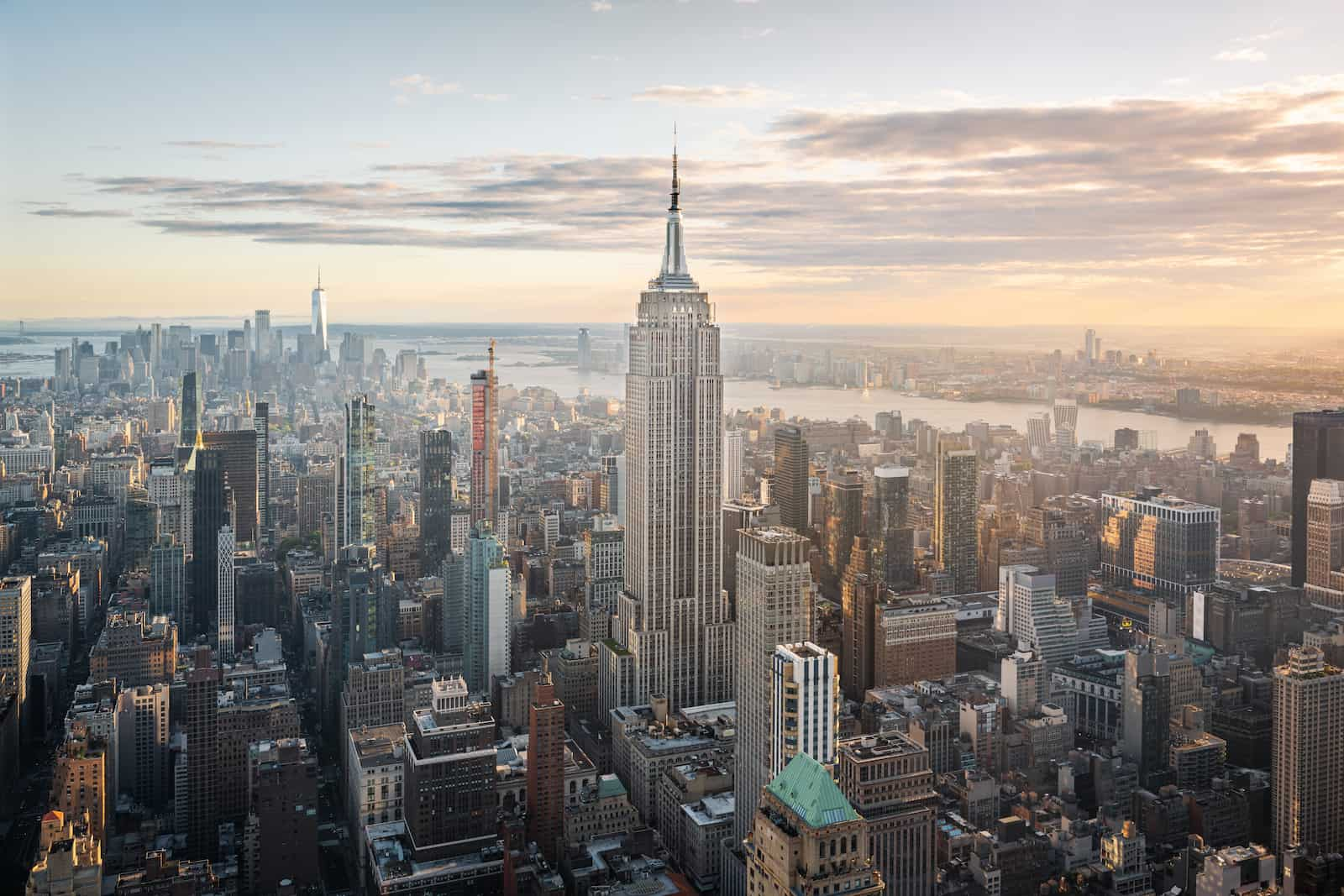
Aerial view of the Empire State Building
Empire State Building:
Built in just one year and 45 days, the Empire State Building officially opened on May 1, 1931. At 102 stories, it was the tallest building in the world until the North Tower of the World Trade Center finally beat it in 1971.
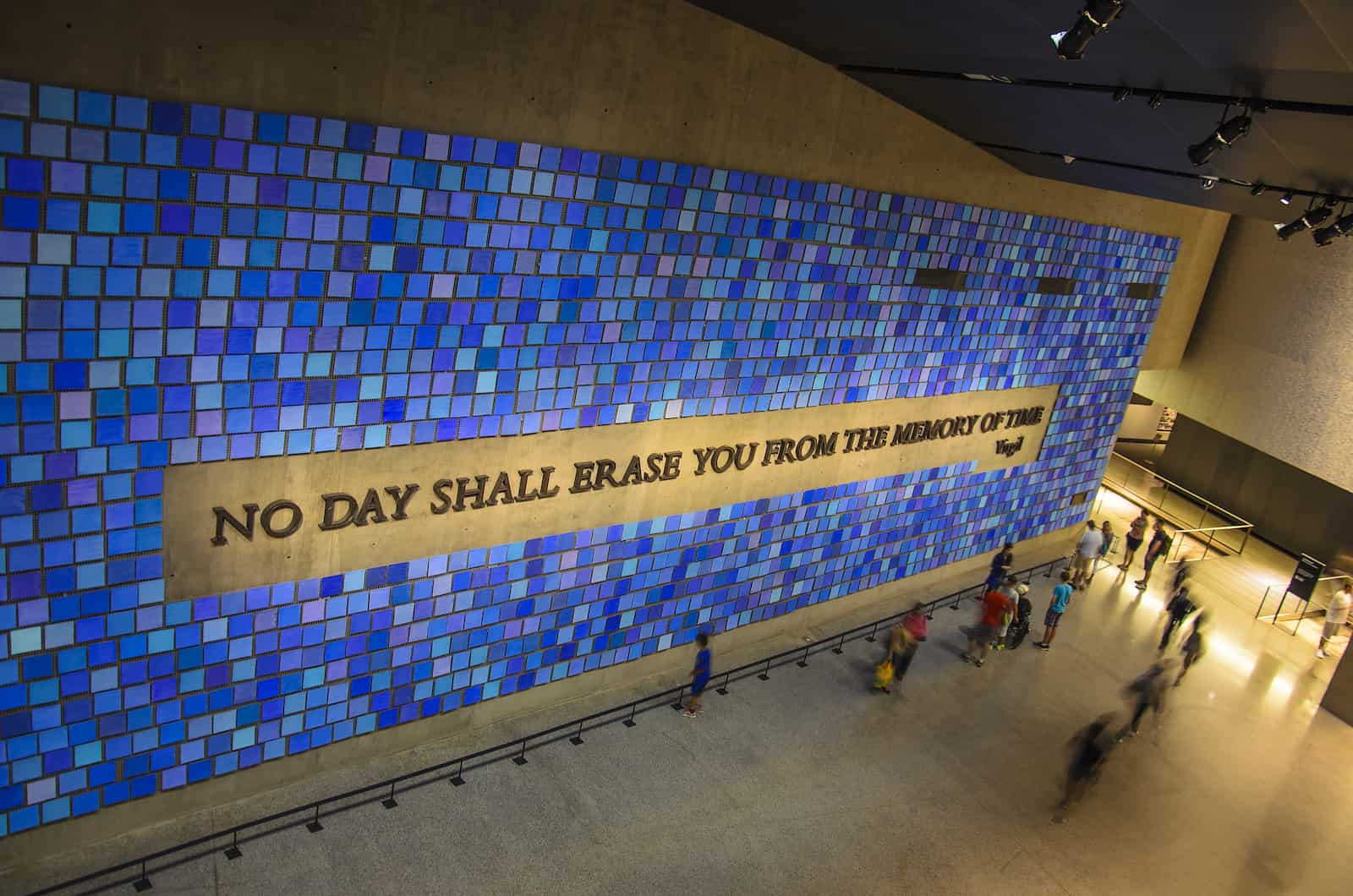
Interior of the 9/11 Memorial Museum in New York City
September 11, 2001:
As part of a major terrorist attack, two airplanes were hijacked and crashed into the Twin Towers of the World Trade Center in New York City. Both towers ultimately collapsed and more than 2,700 people from dozens of nations were killed. Today, a new tower called One World Trade Center stands in its place, alongside the 9/11 Memorial & Museum.
?
DID YOU KNOW?
France gave the Statue of Liberty to the U.S. in 1885. Emma Lazarus’s famous sonnet “The New Colossus” was written to raise funds for its installation. Her words appear today on the statue’s pedestal: “Give us your tired, your poor, your huddled masses yearning to breathe free…”

More Activities…
-
Hands-On Math Activities for Your Kindergartener
Find new & exciting ways to learn Kindergarten math with hands-on activity ideas from ABCmouse! From shape snacks to counting games, these activities will help your…
-
Learn How to Make Silly Seed Animals
Make silly seed animals with this fun science and plant craft for kids of all ages.
-
Learn How to Make Seed Paper With This Fun Craft
This fun earth day activity can engage your child in plant science while learning how to recycle and upcycle to help keep our planet clean.
-
How To Use Playing Cards to Teach Kindergartners Math
Our ABCmouse Curriculum expert shows how to use a playing card game to teach kindergarten math.
-
50+ Preschool Weather Activities Your Kids Will Want to Do Again and Again
Explore 50+ fun preschool weather activities, crafts, and games that spark curiosity through hands-on learning, creativity, and play.





